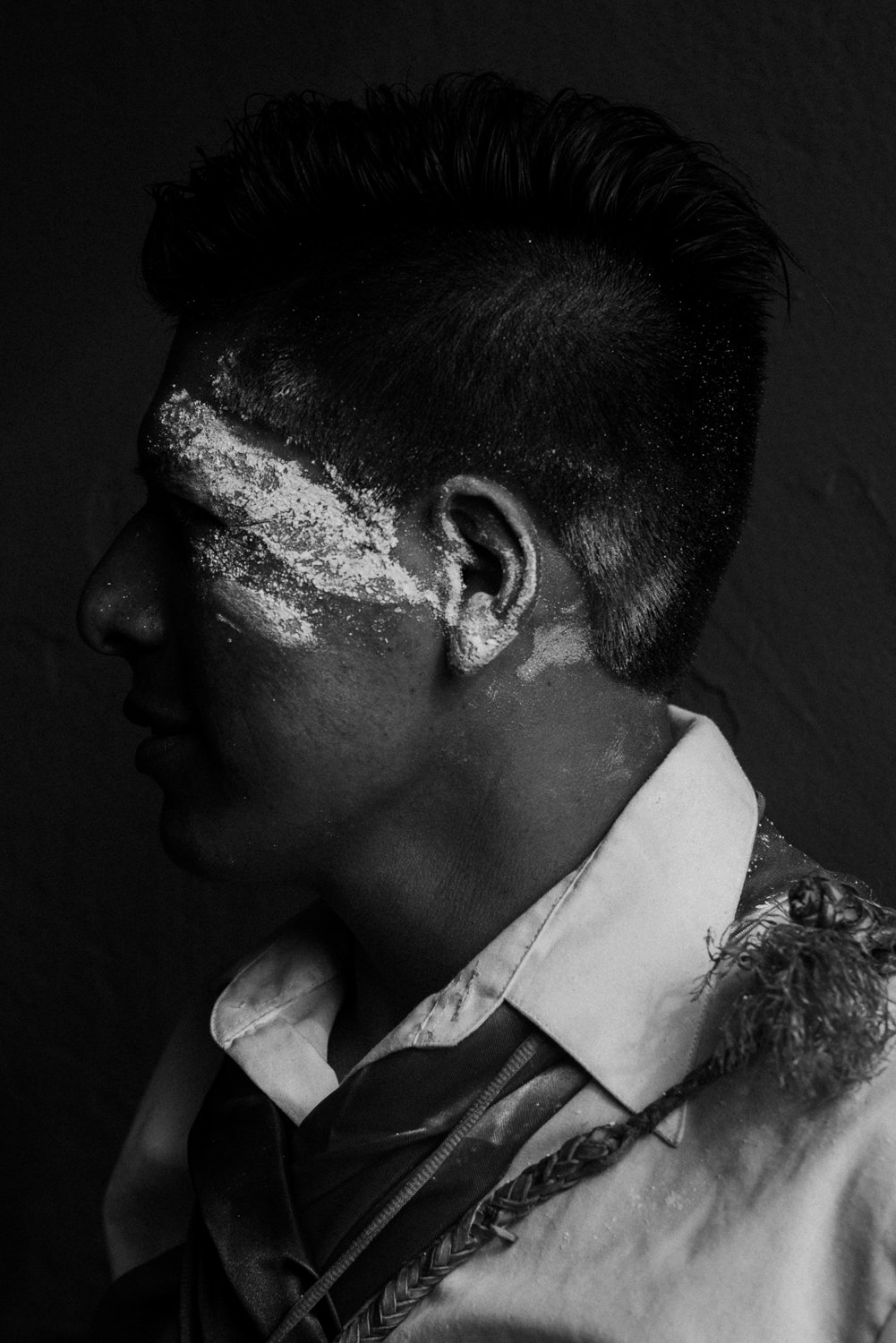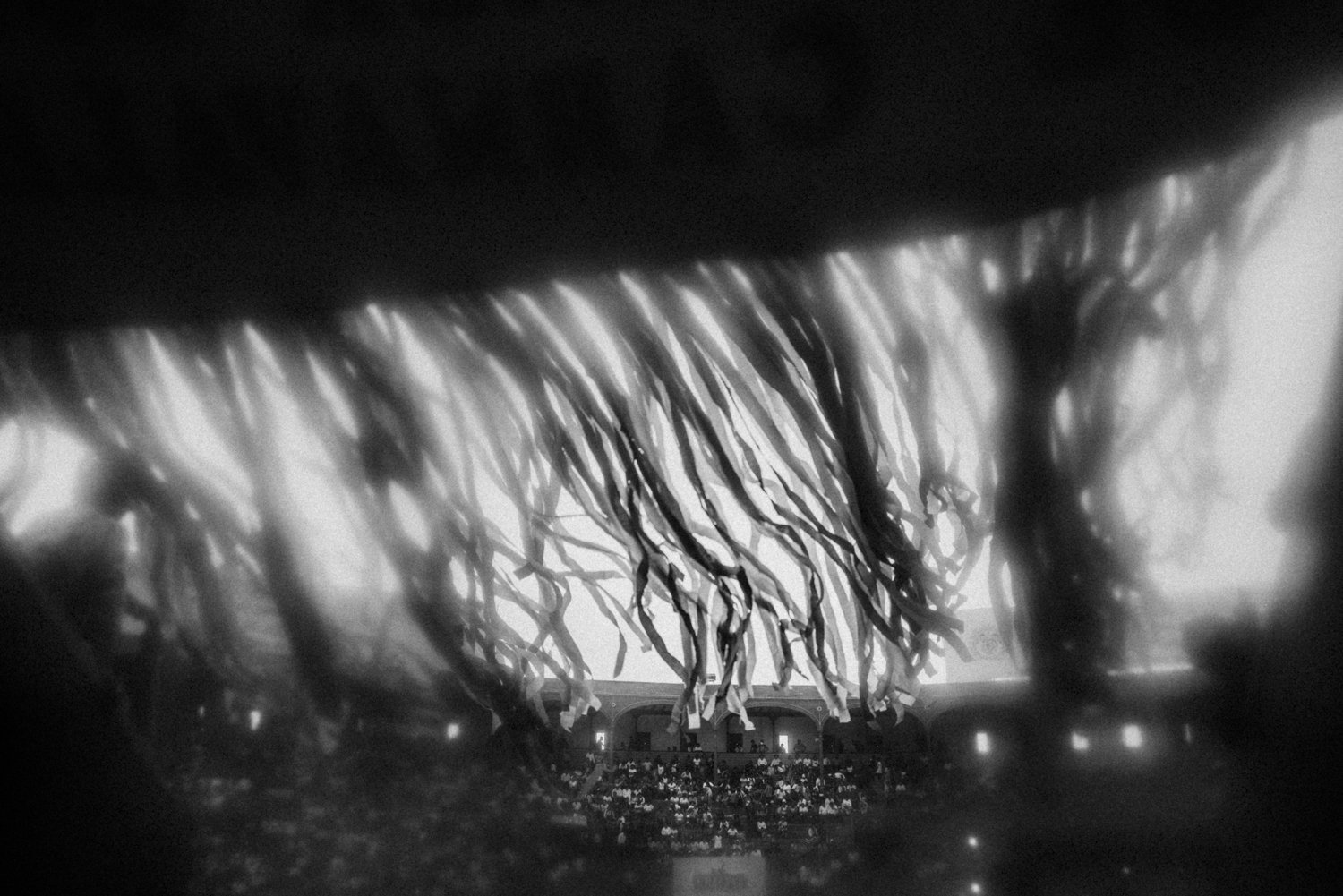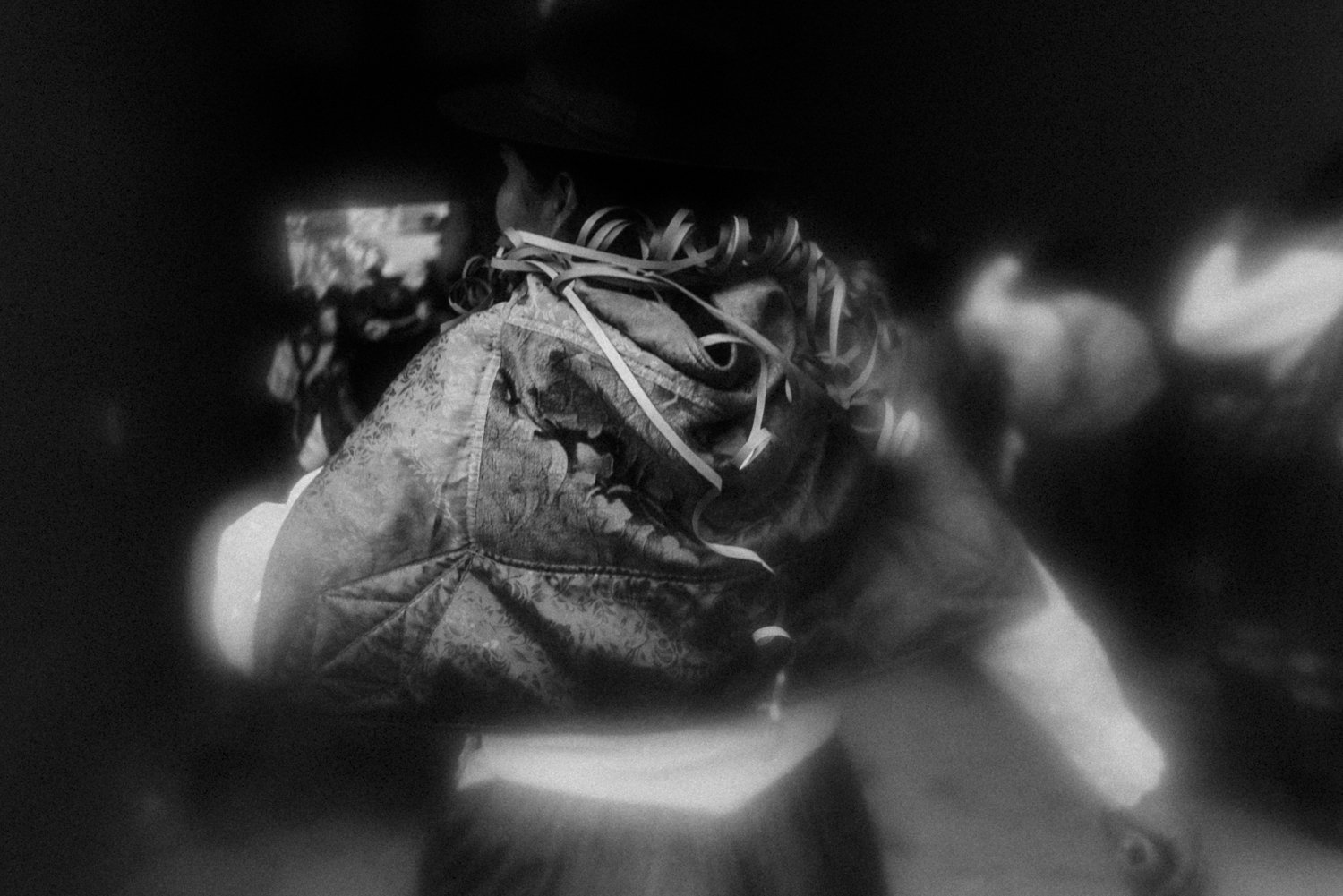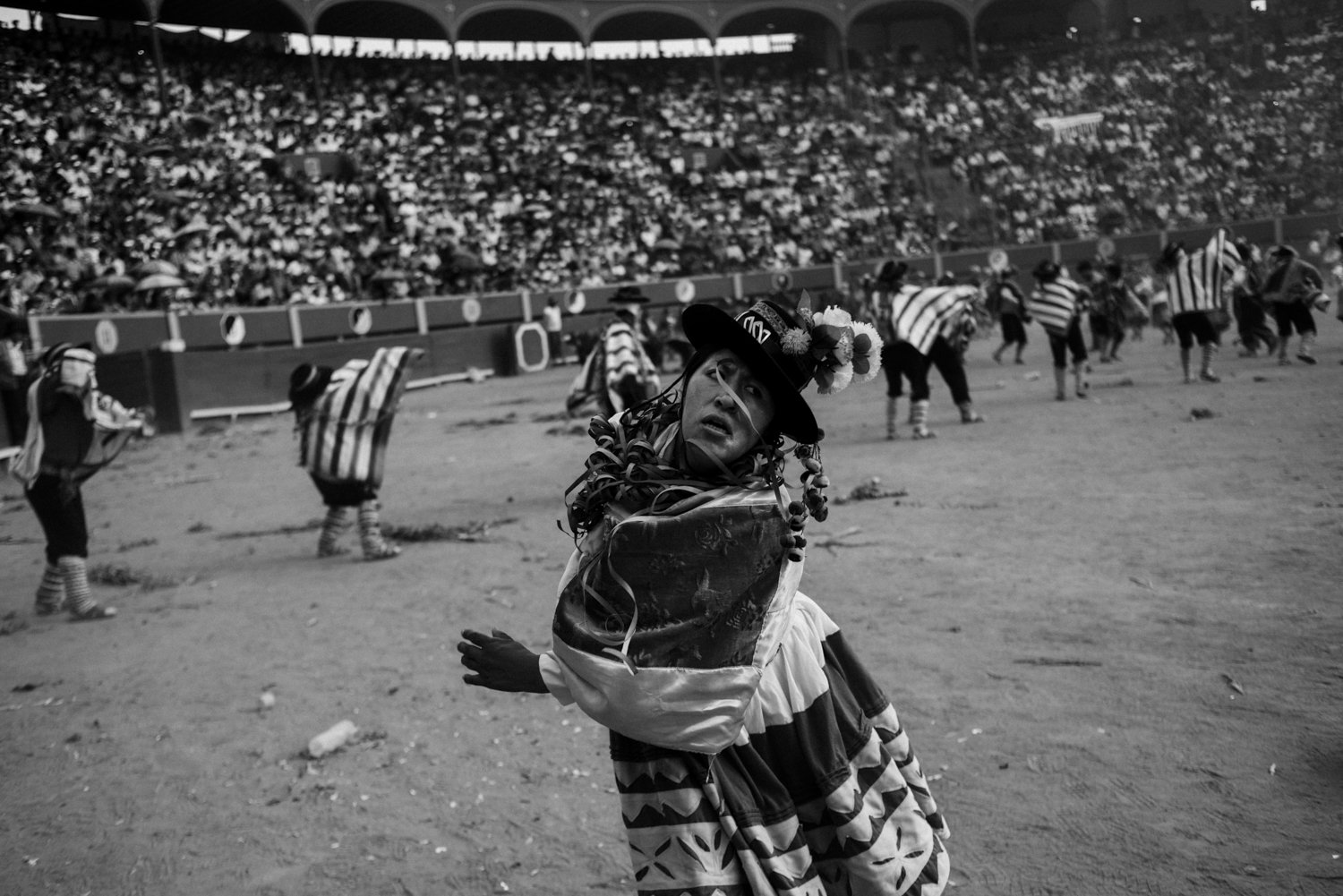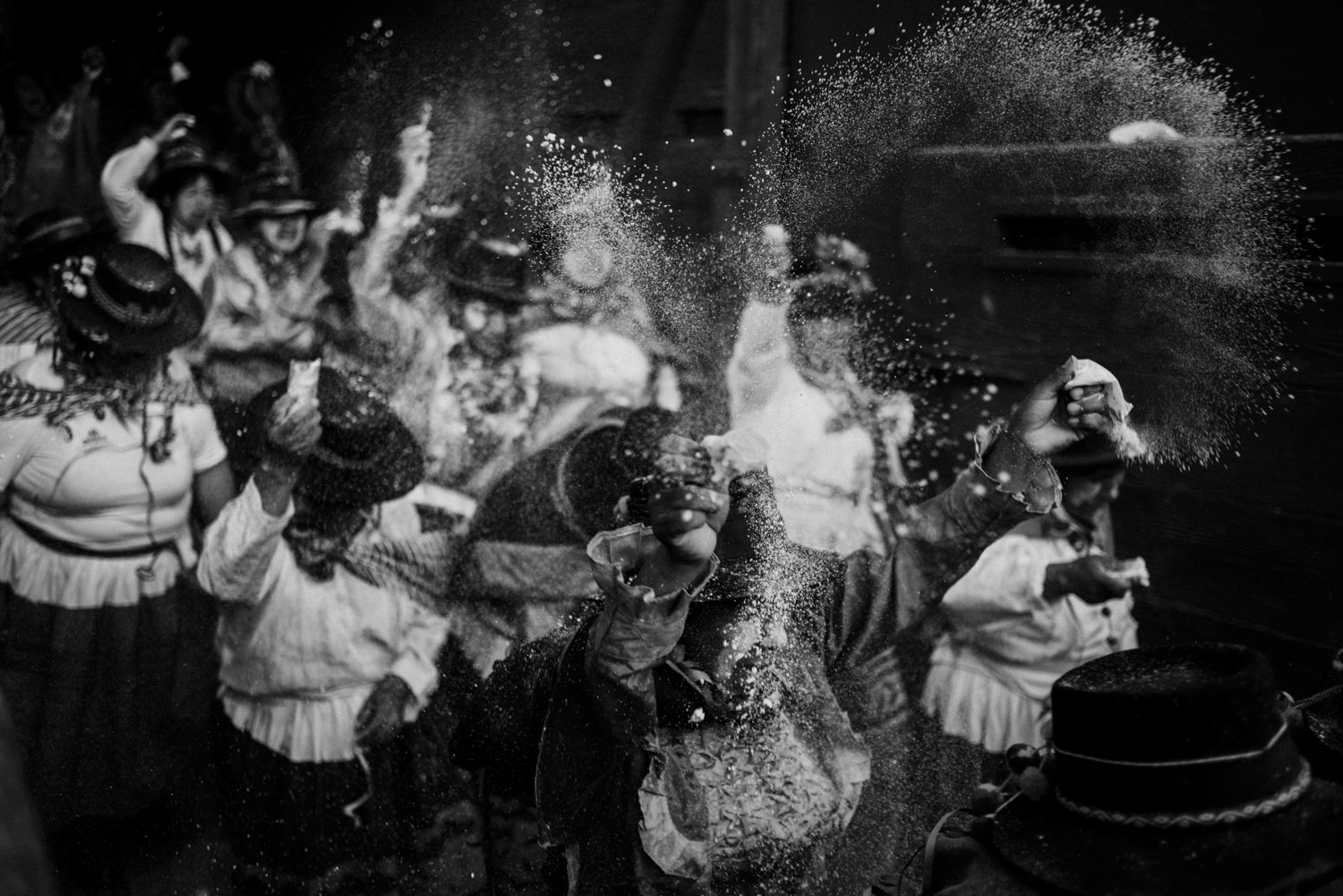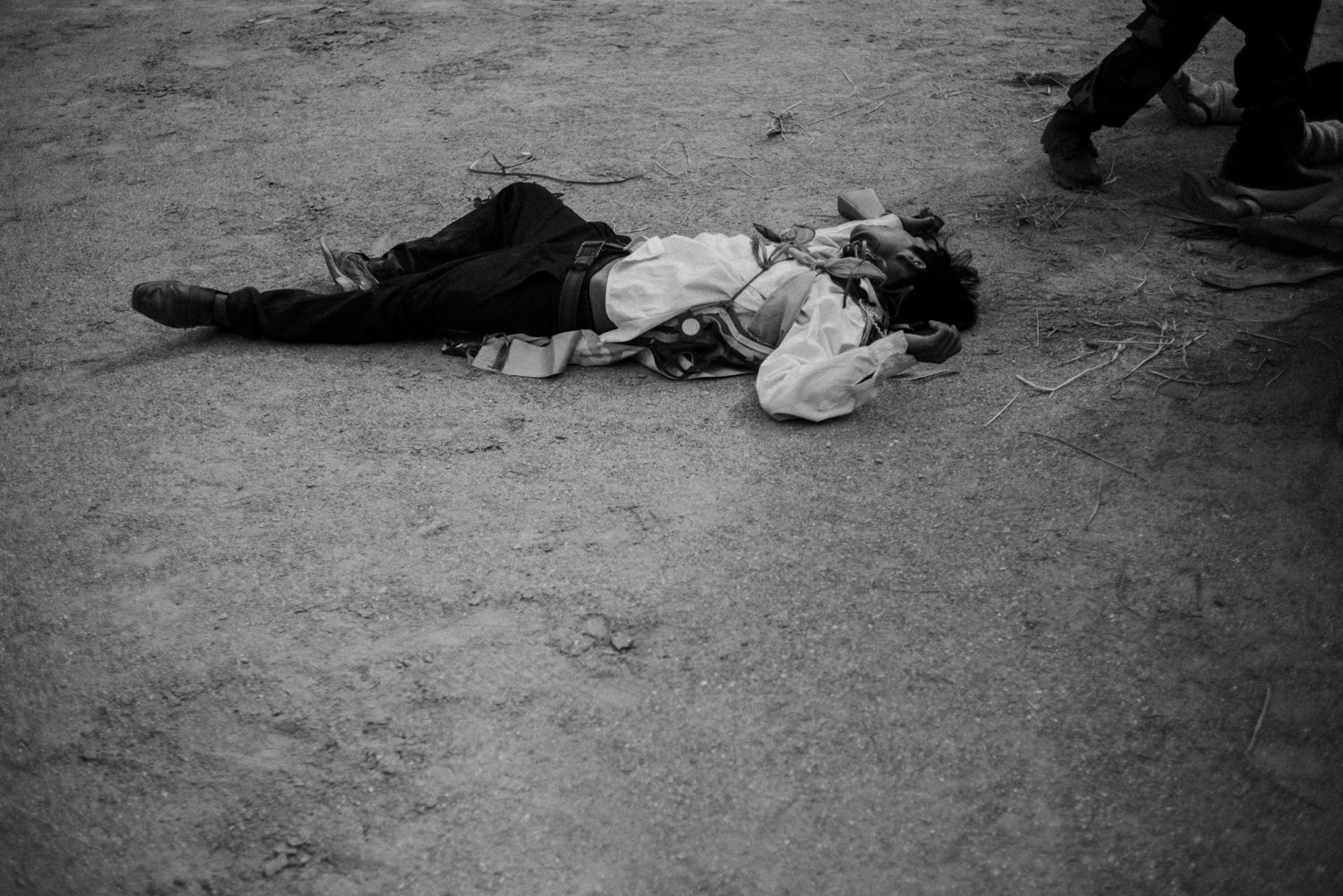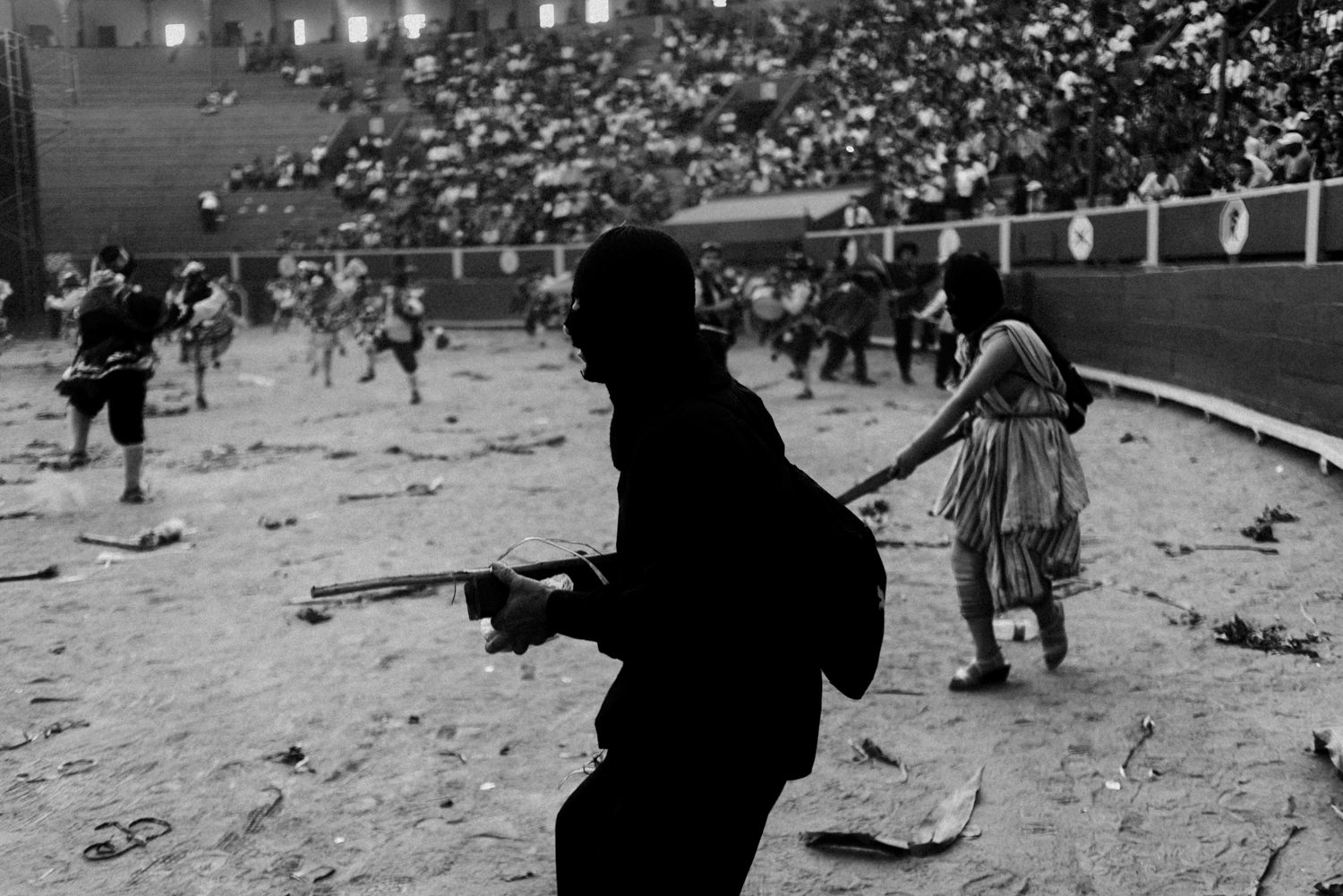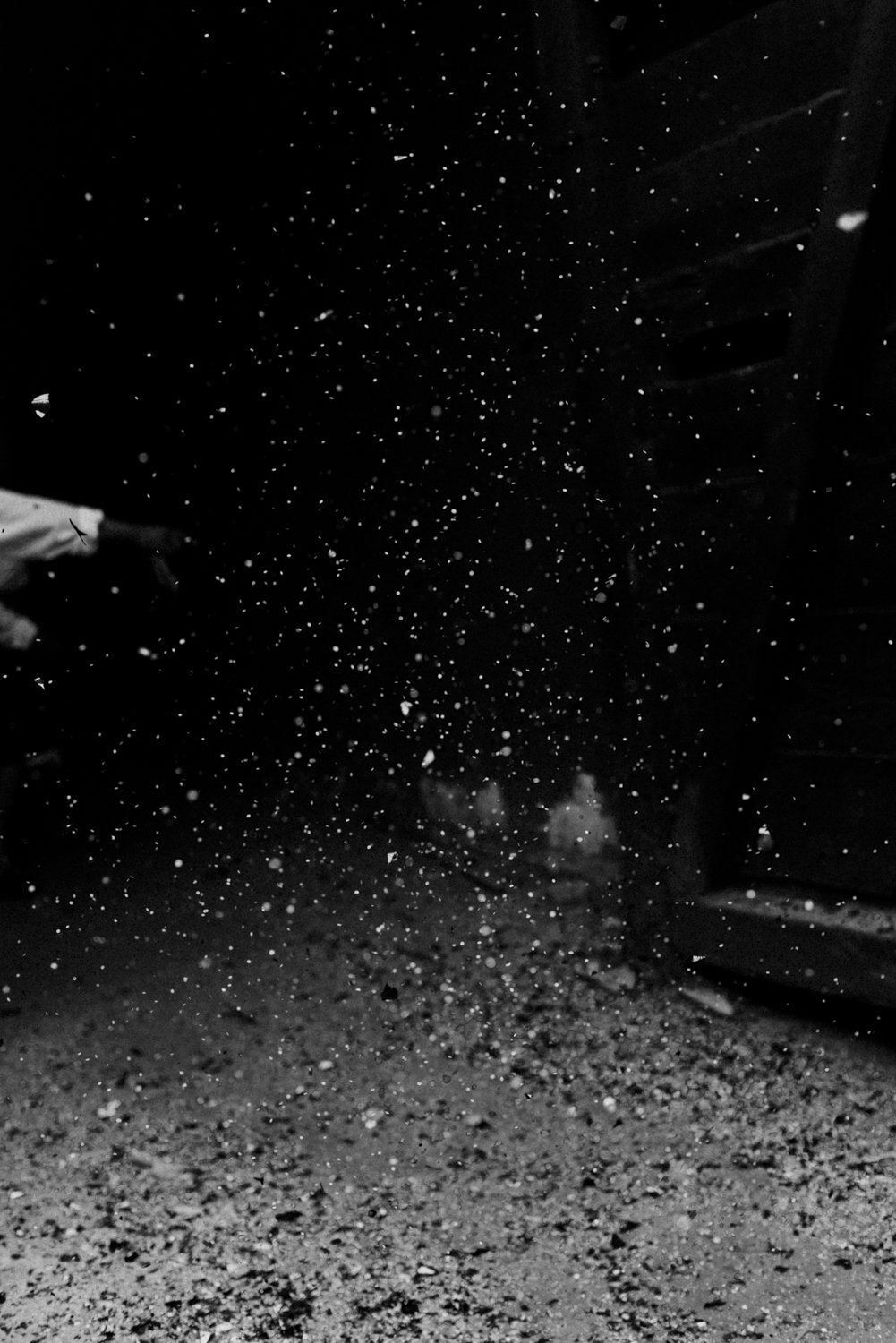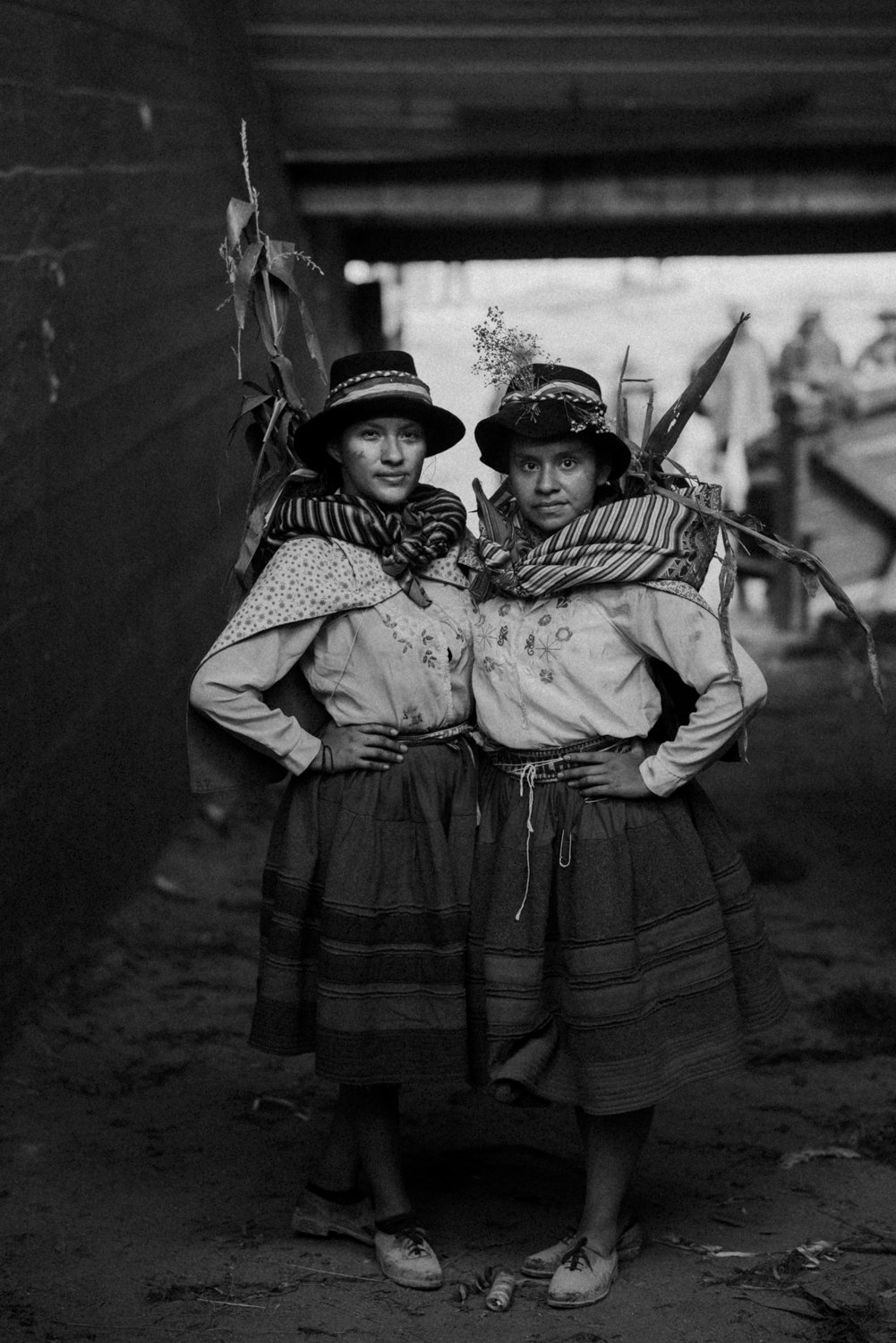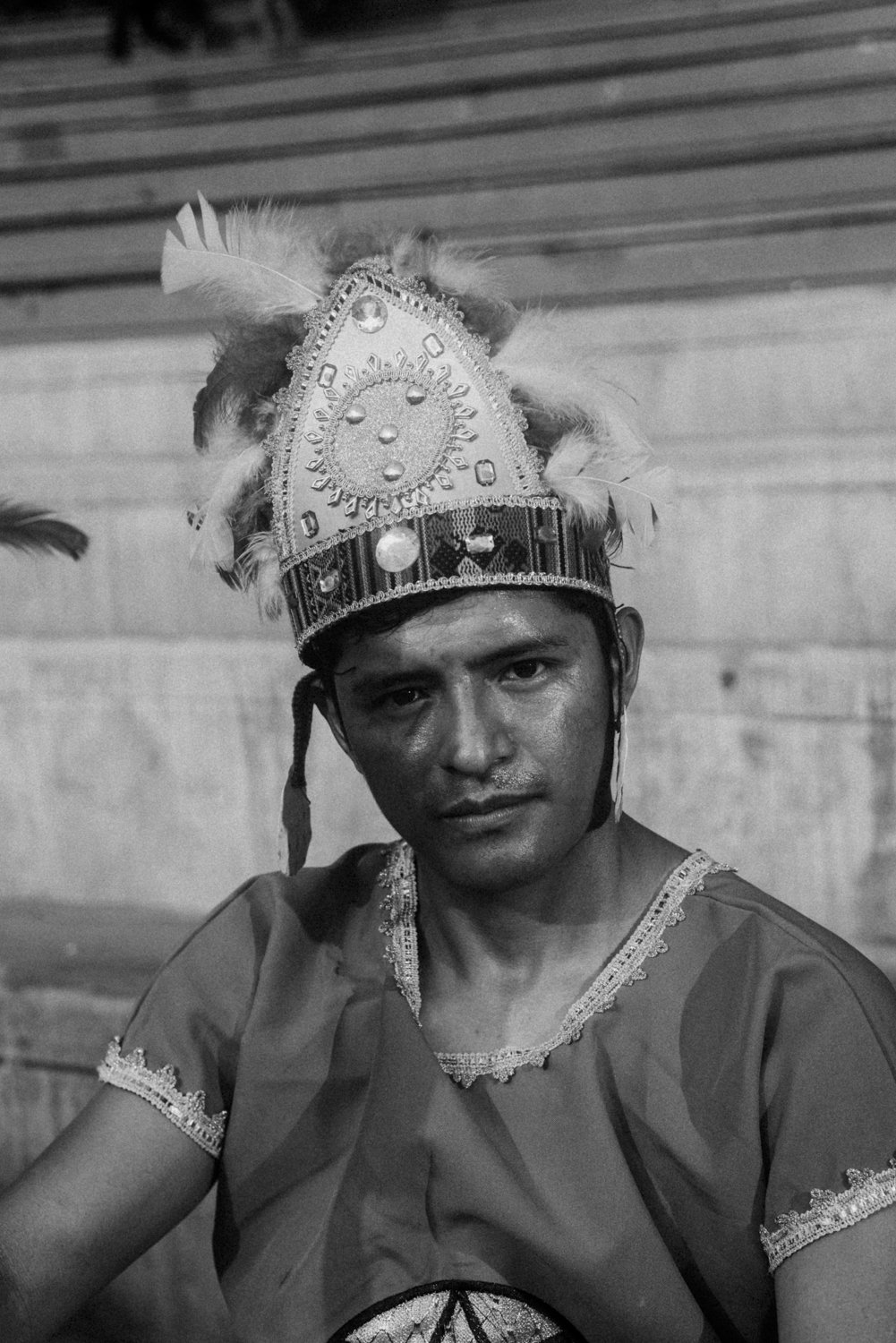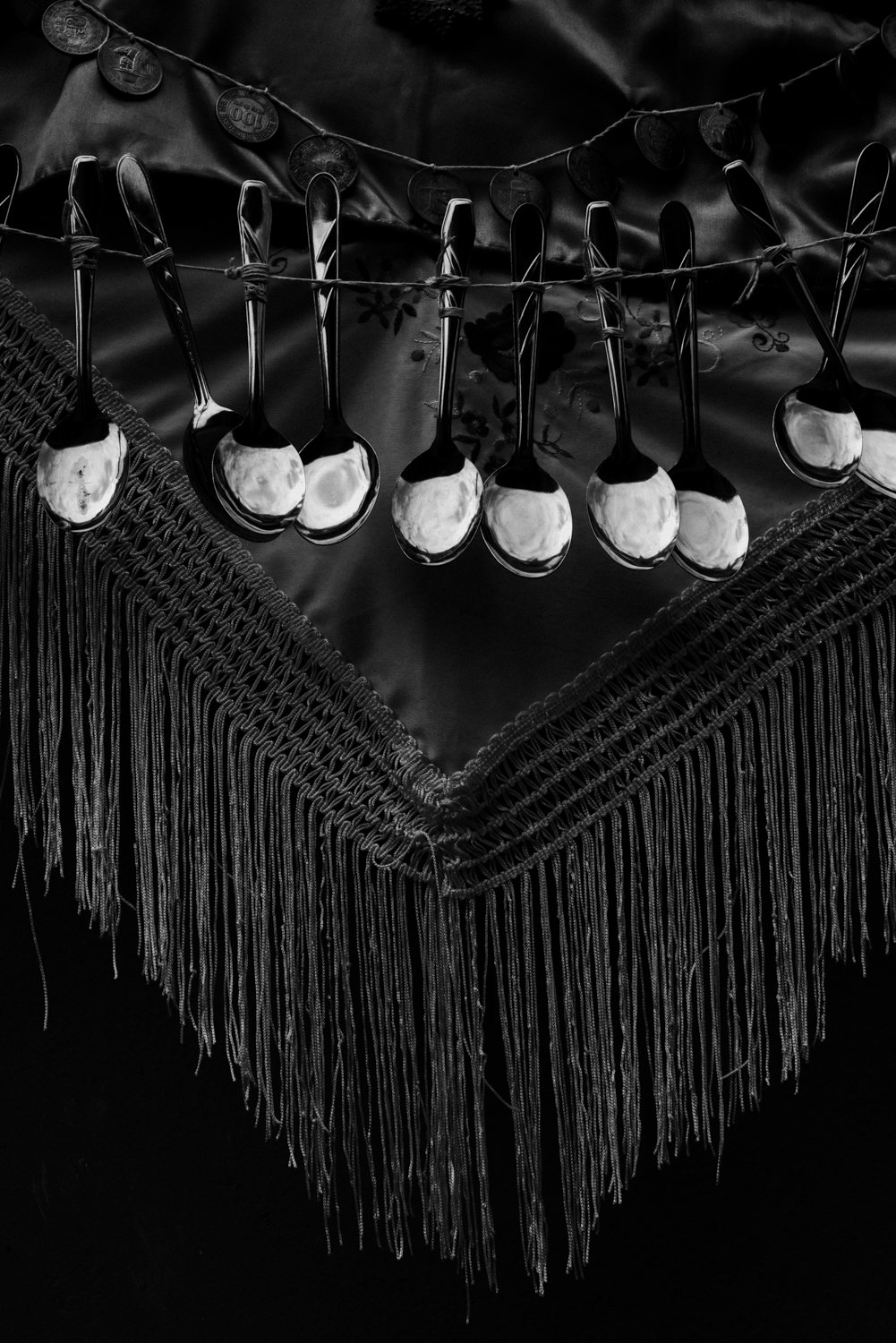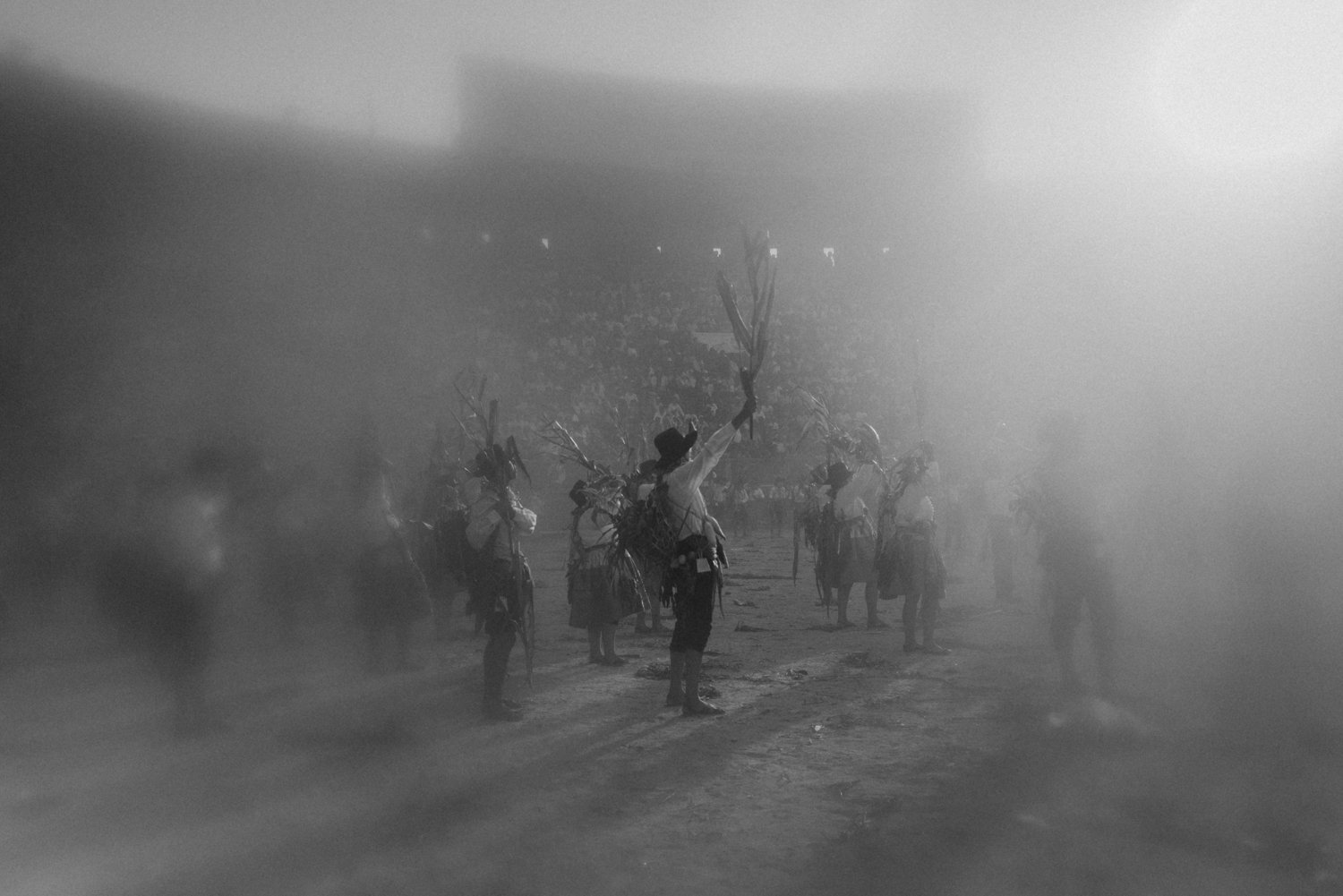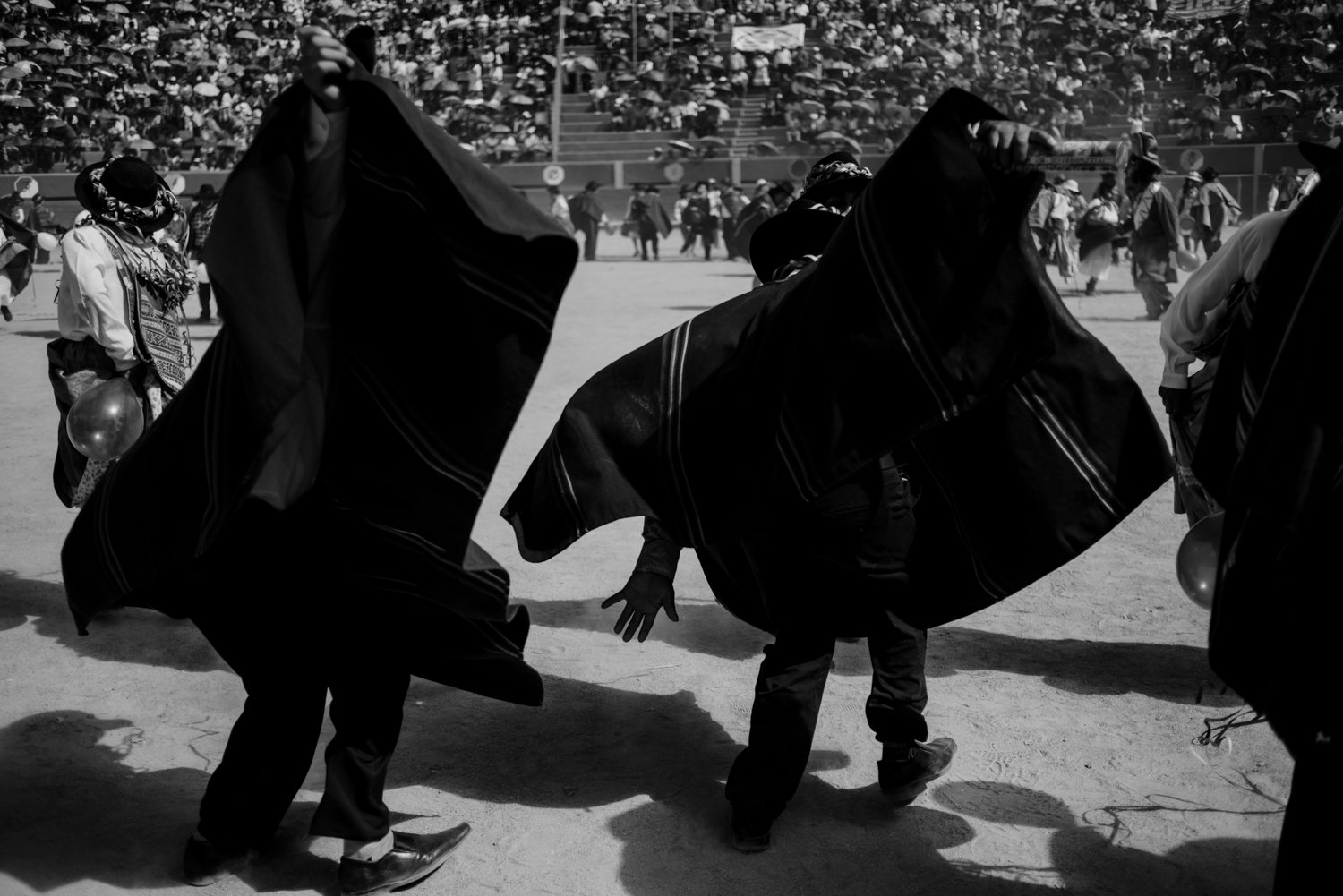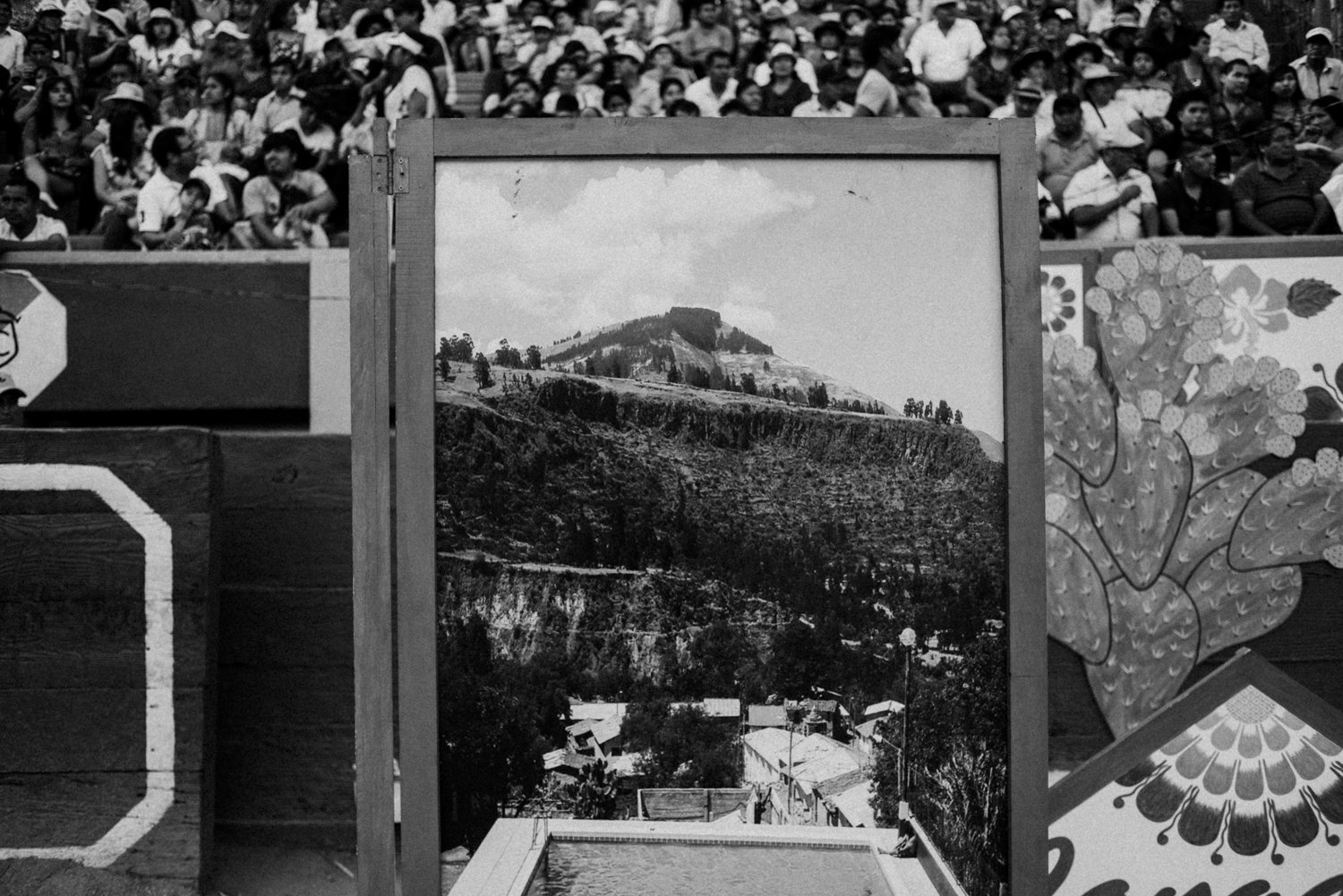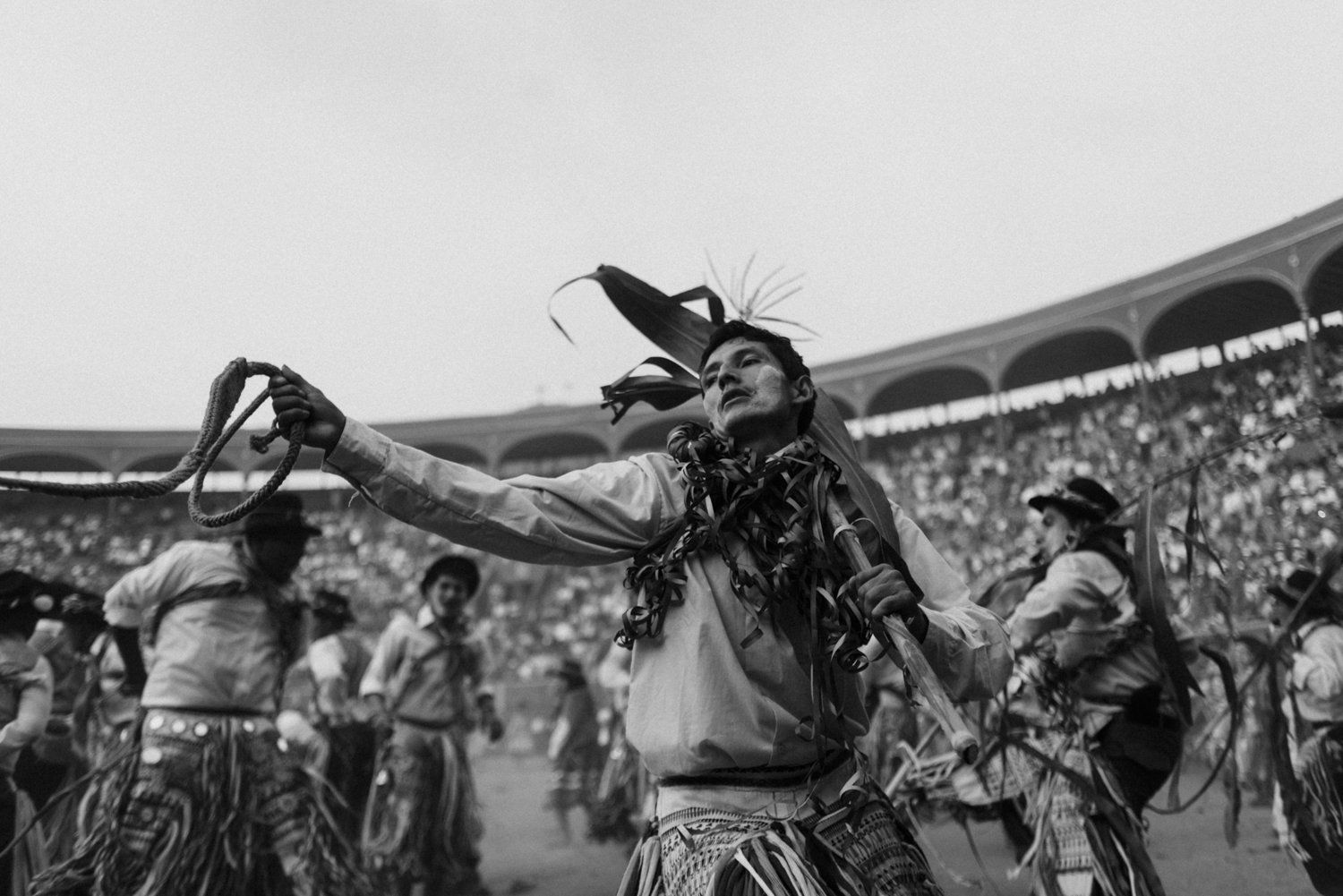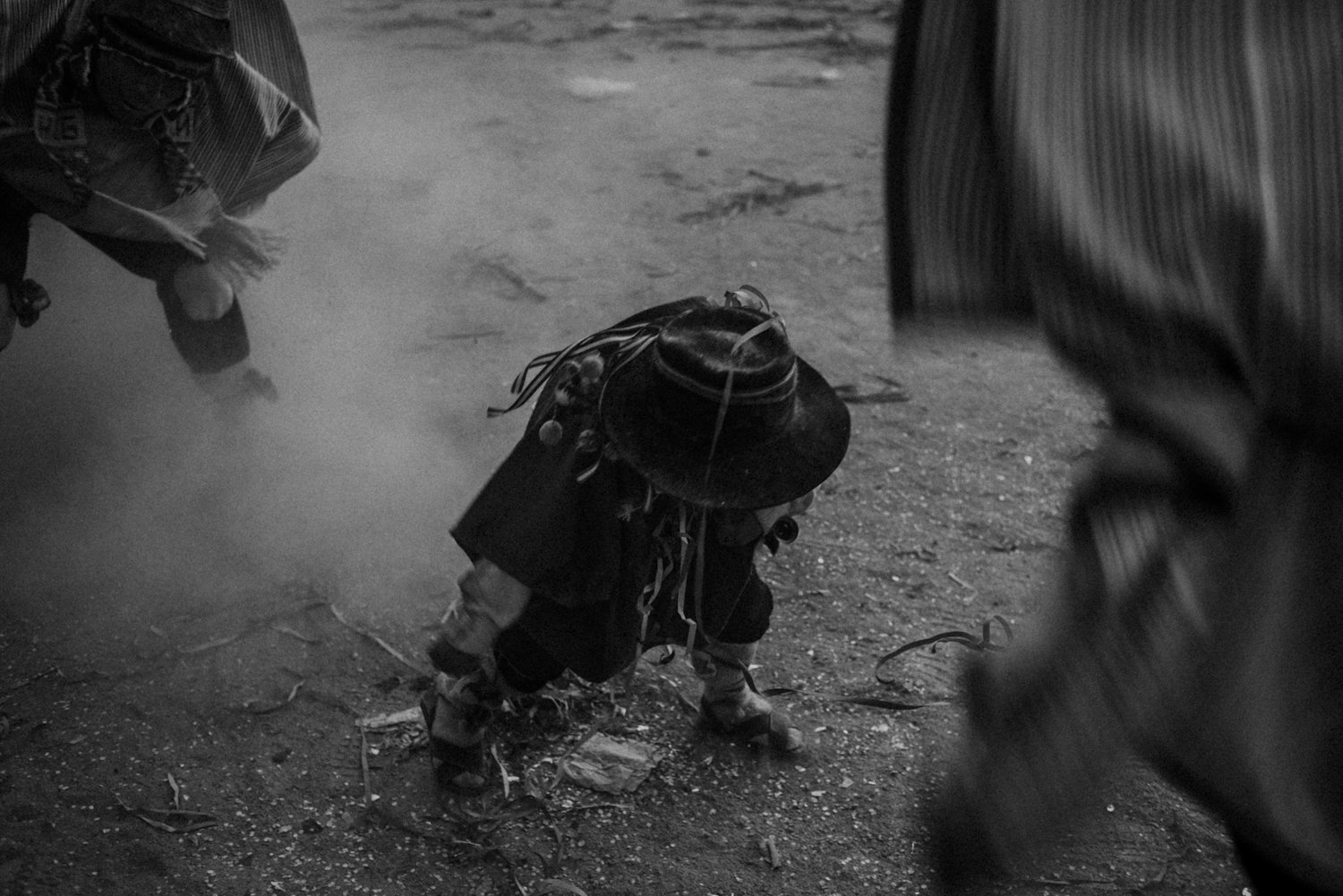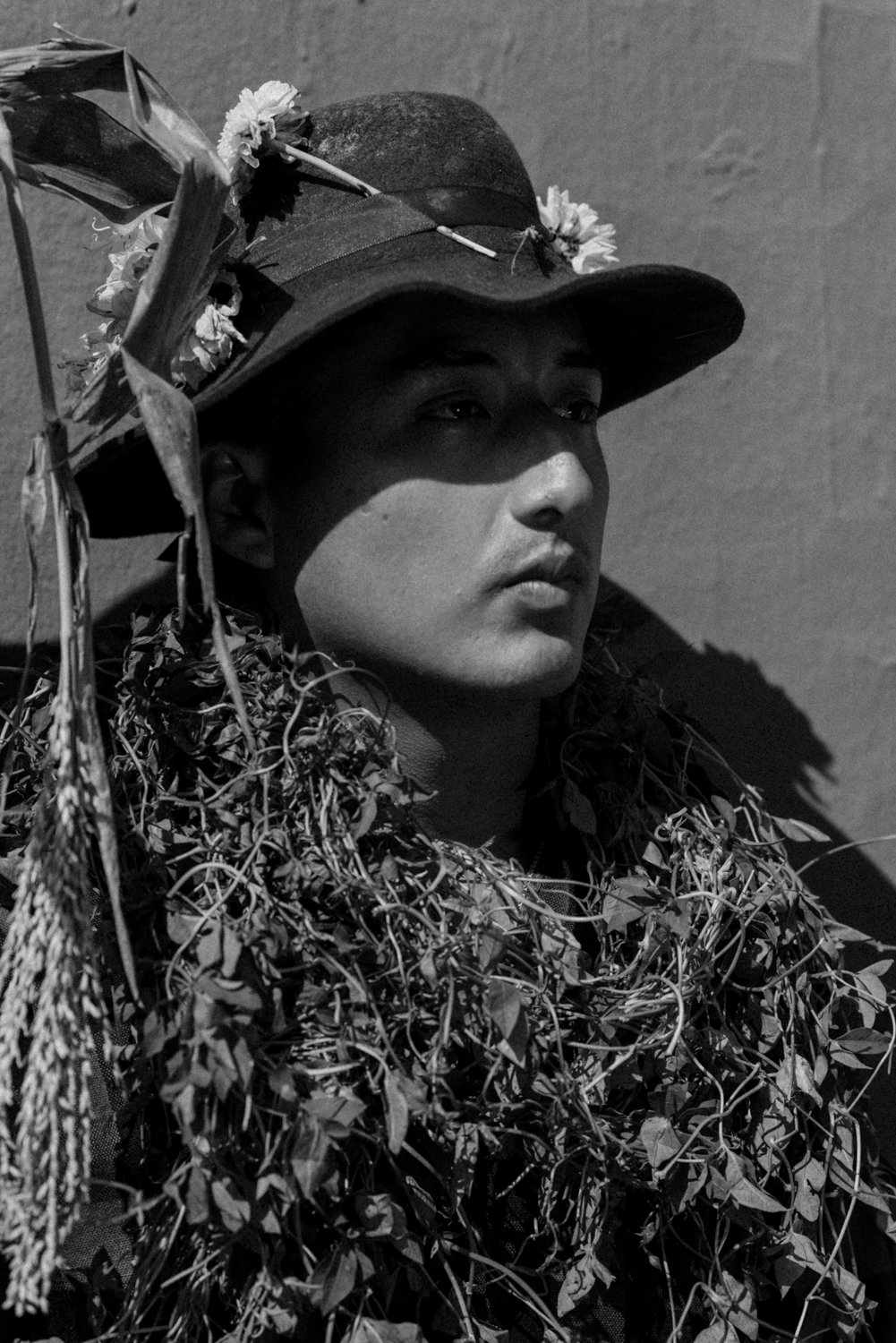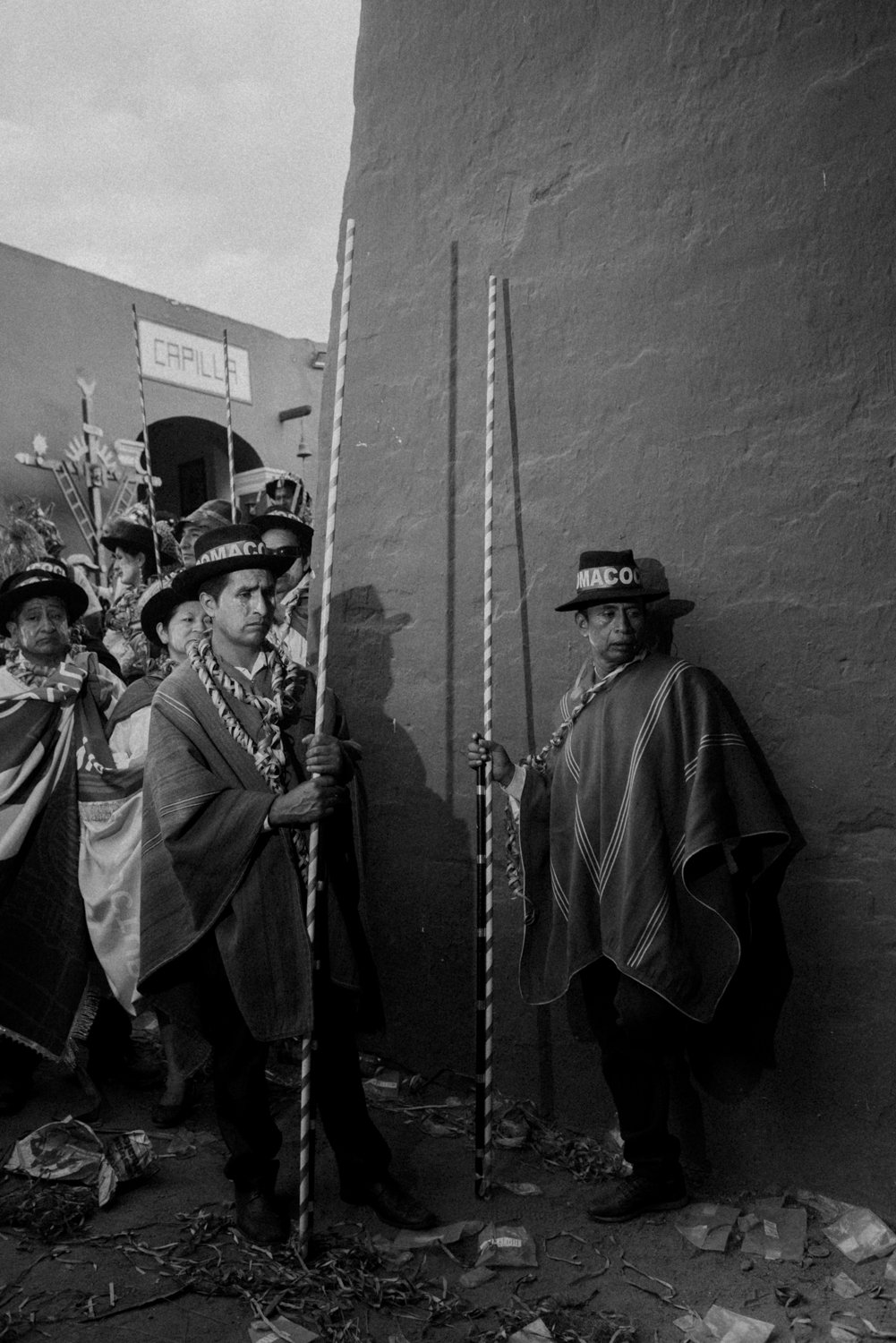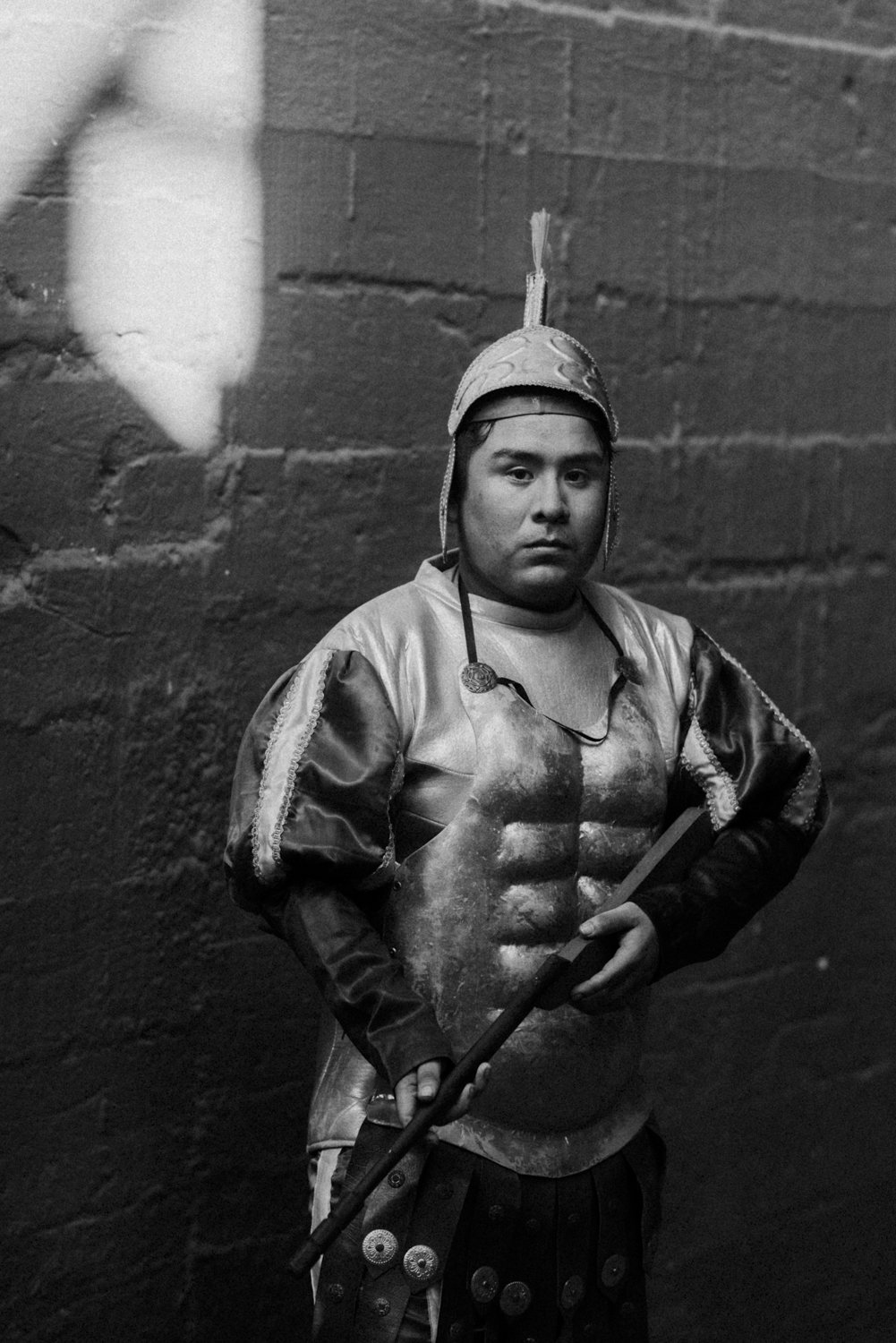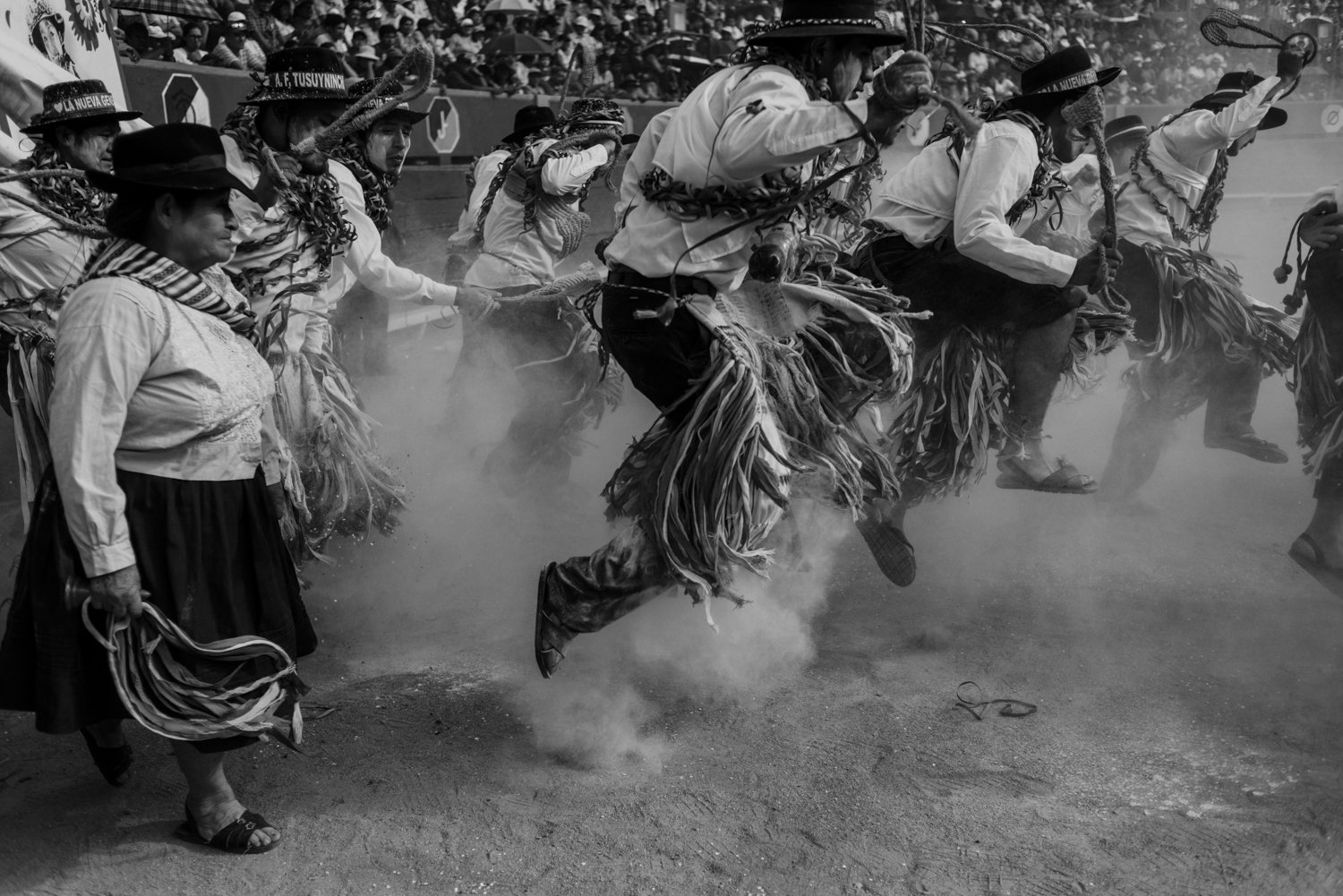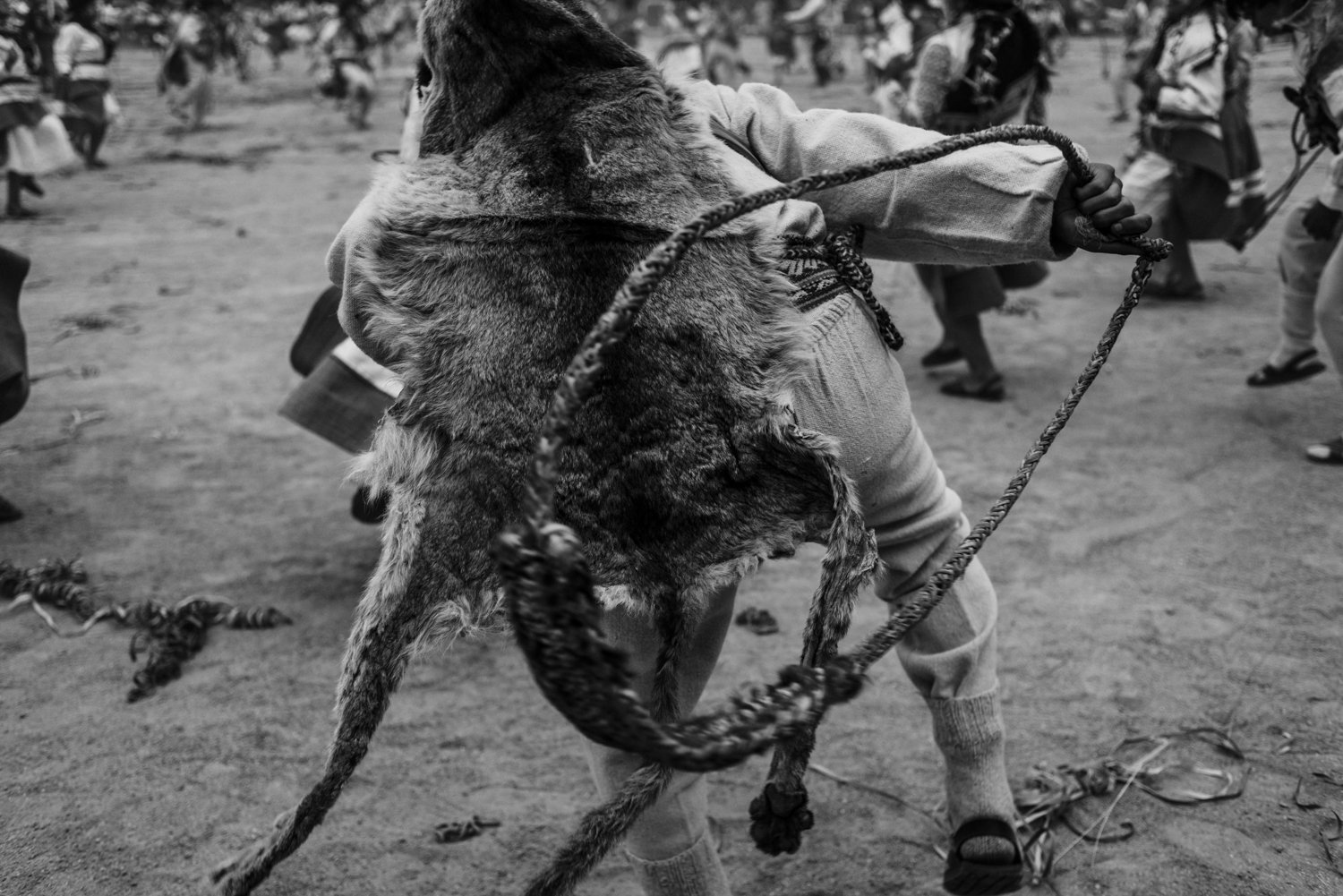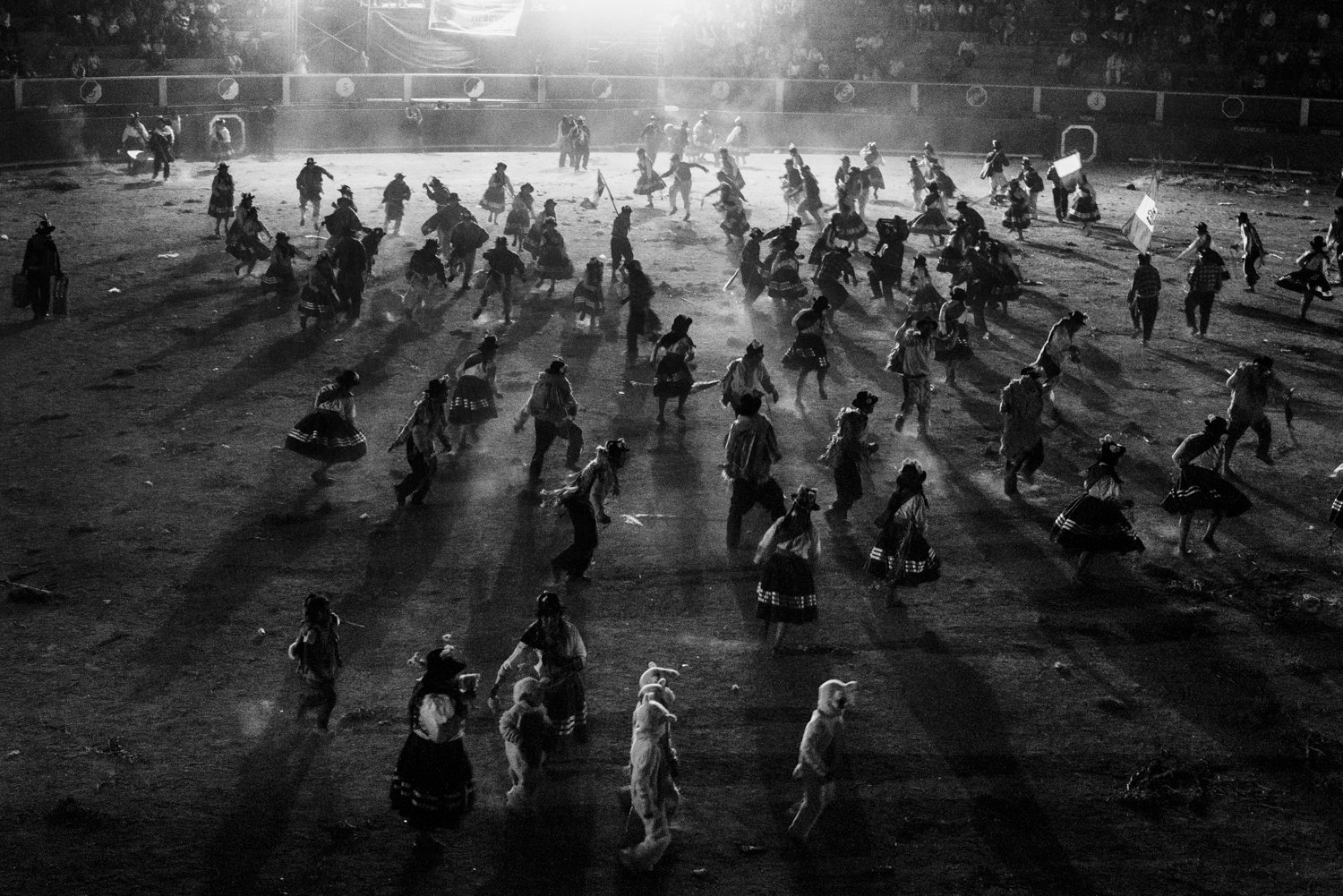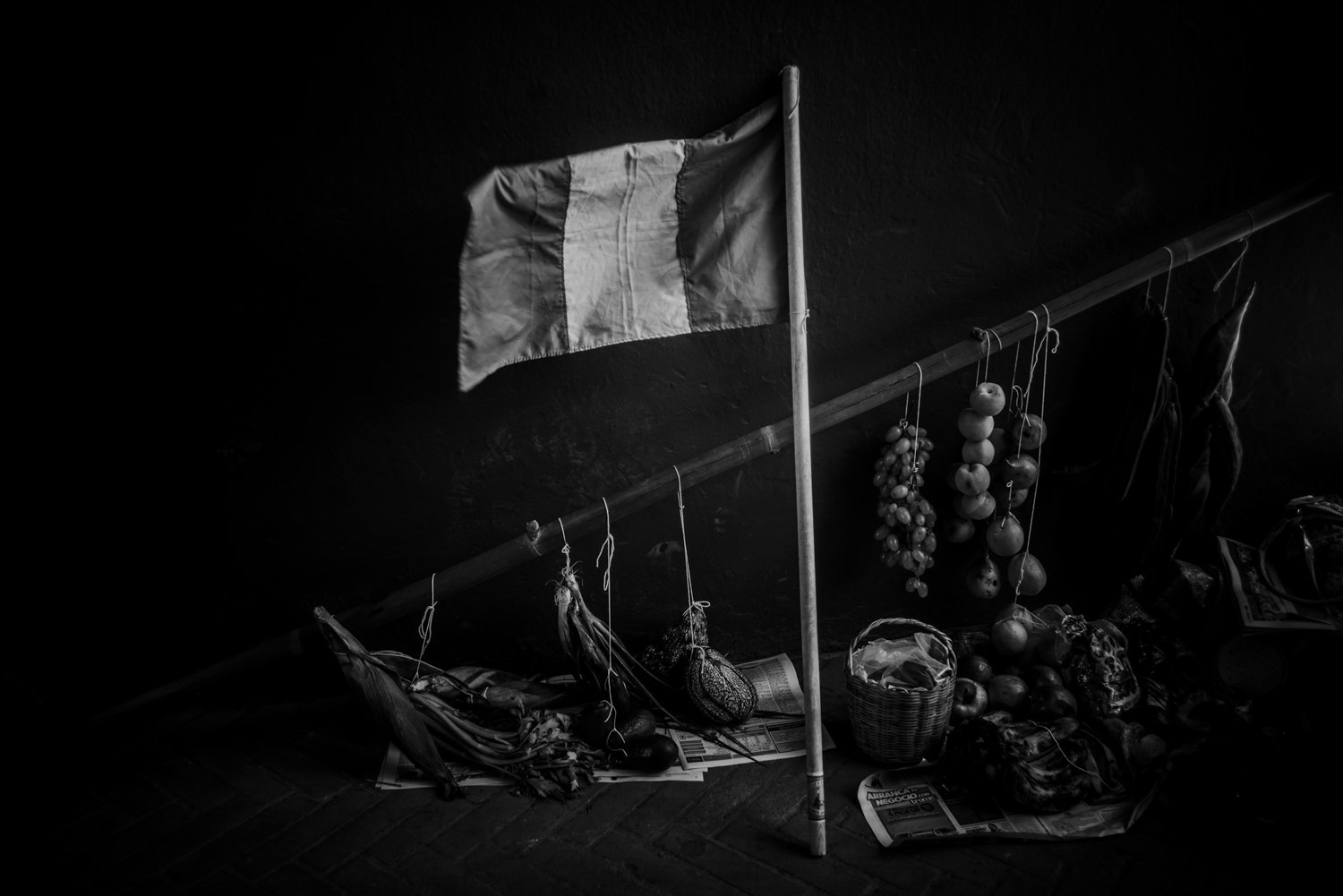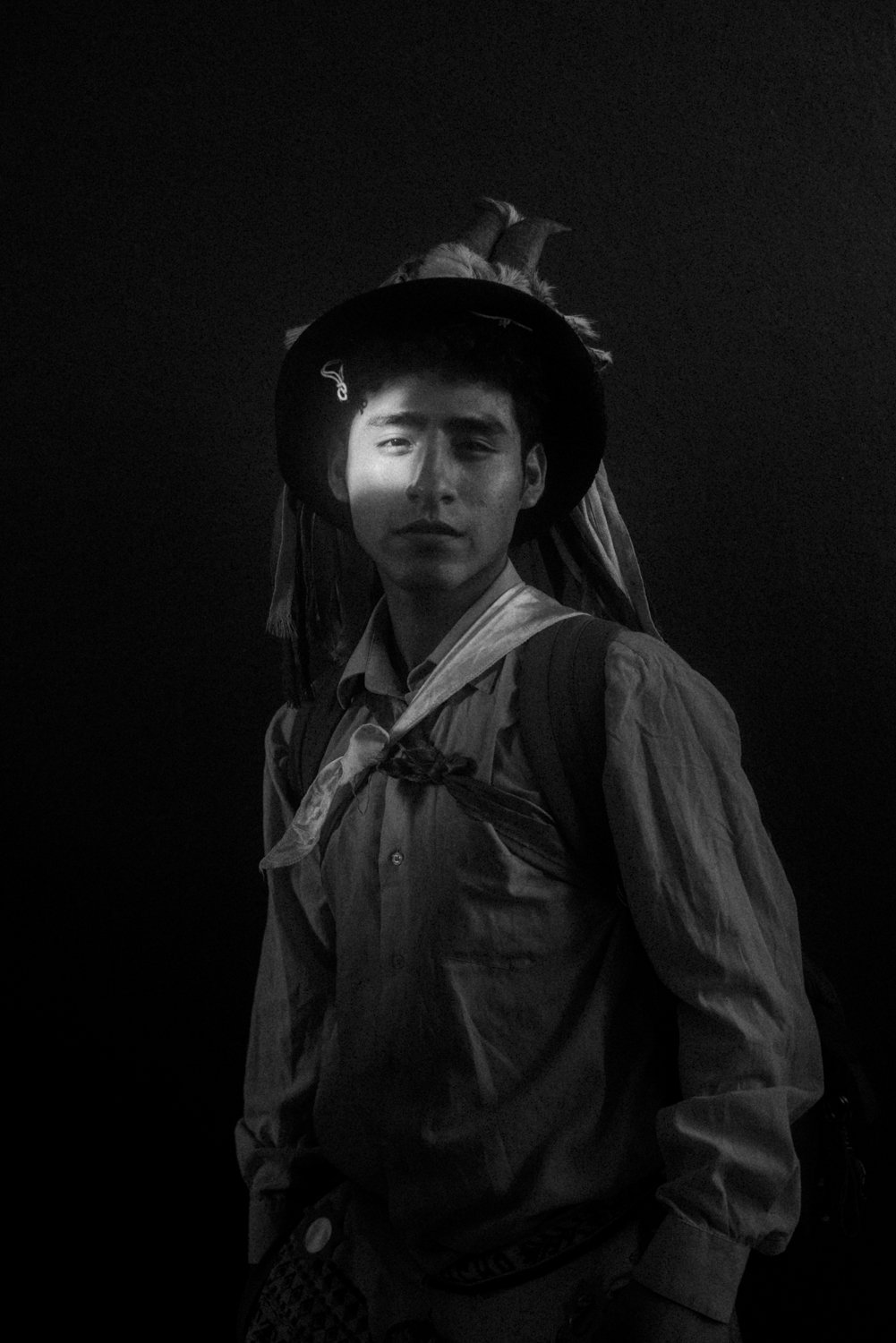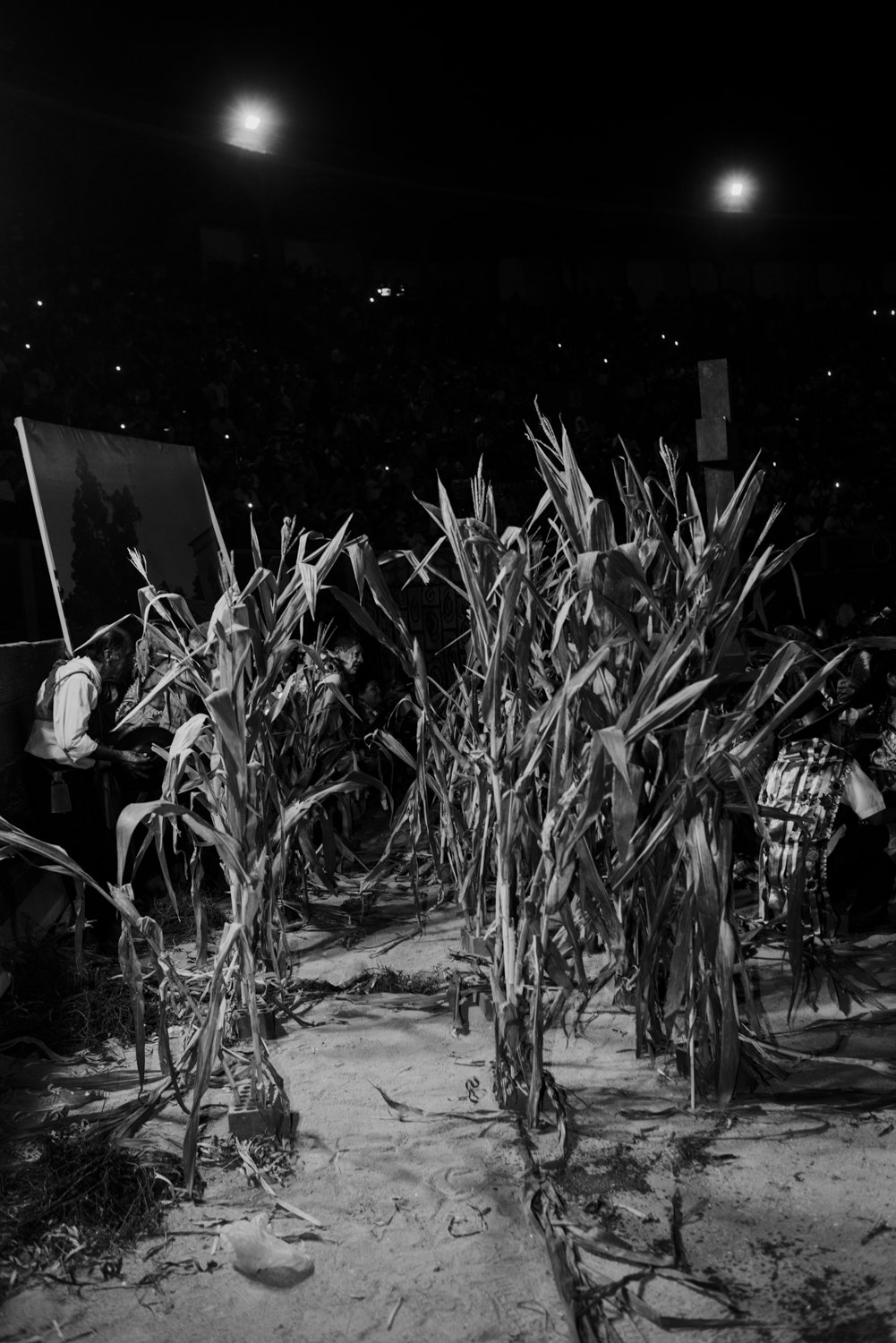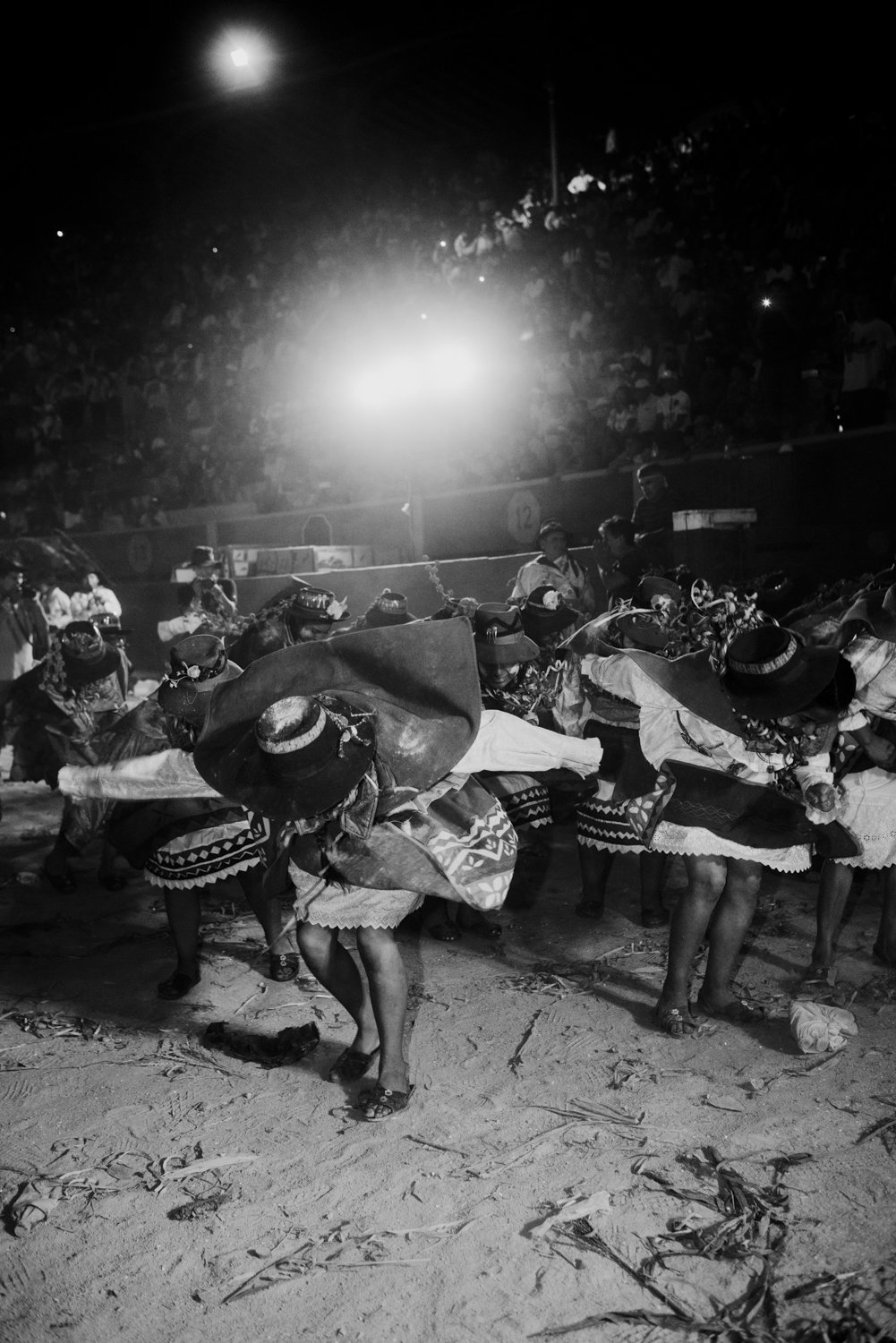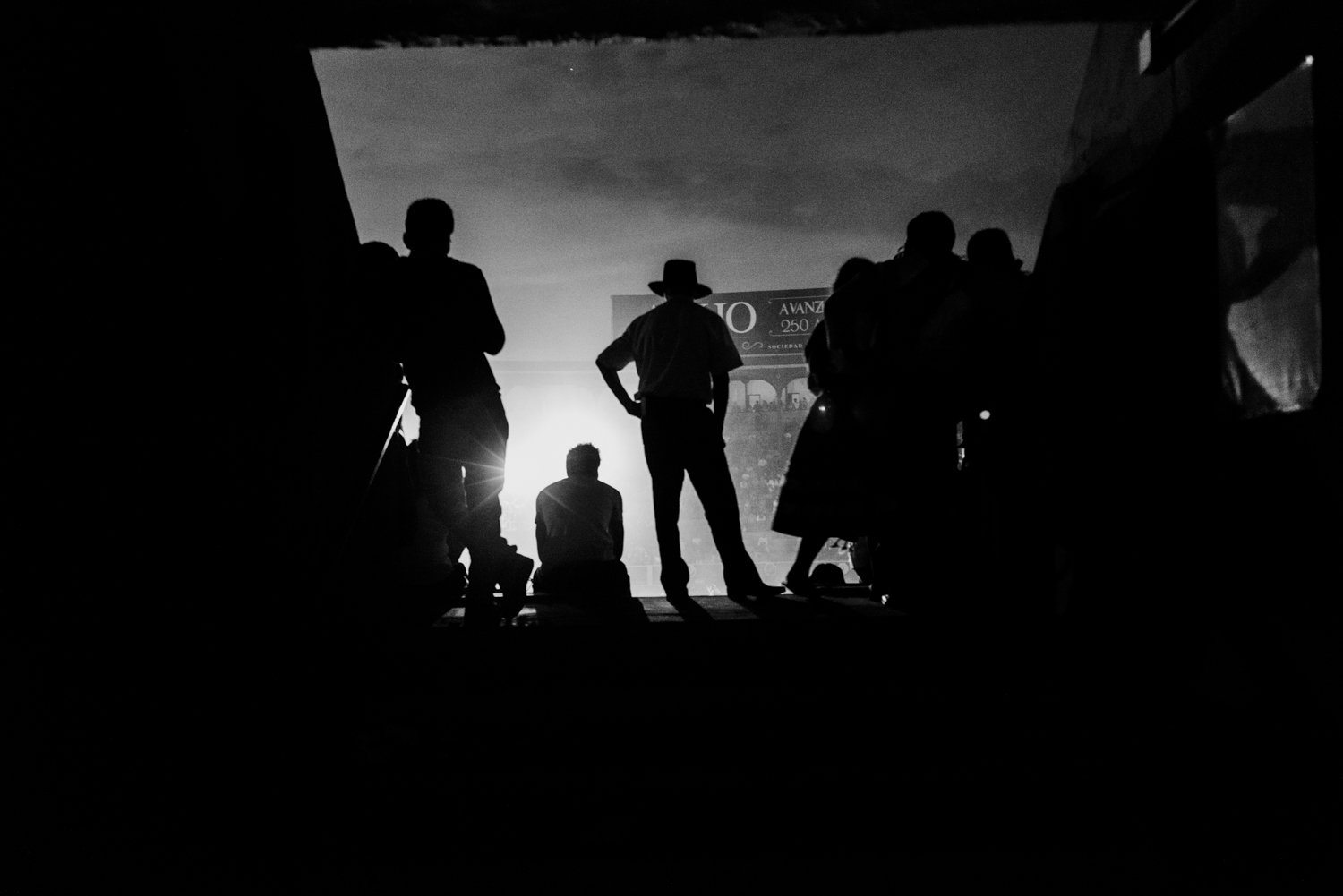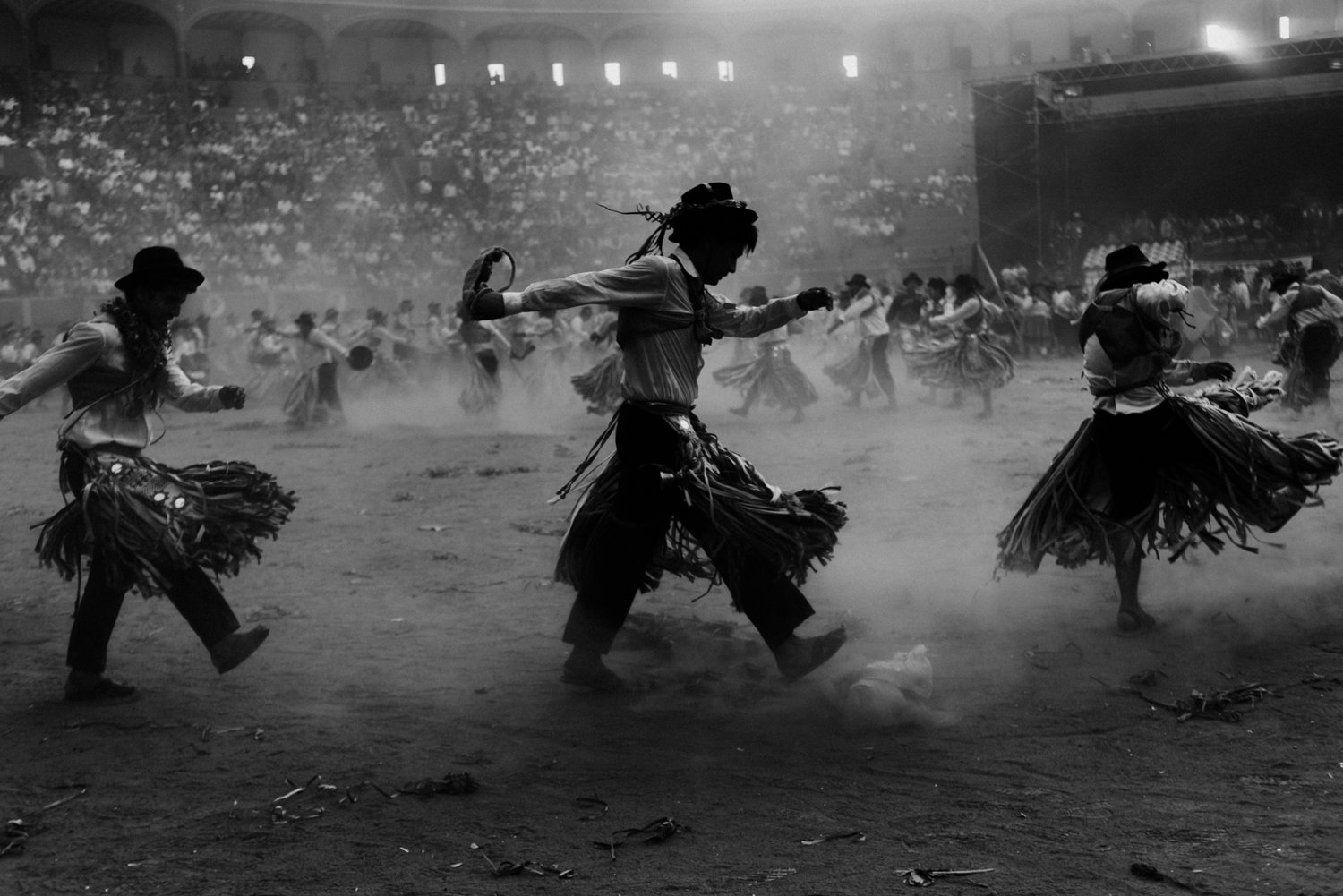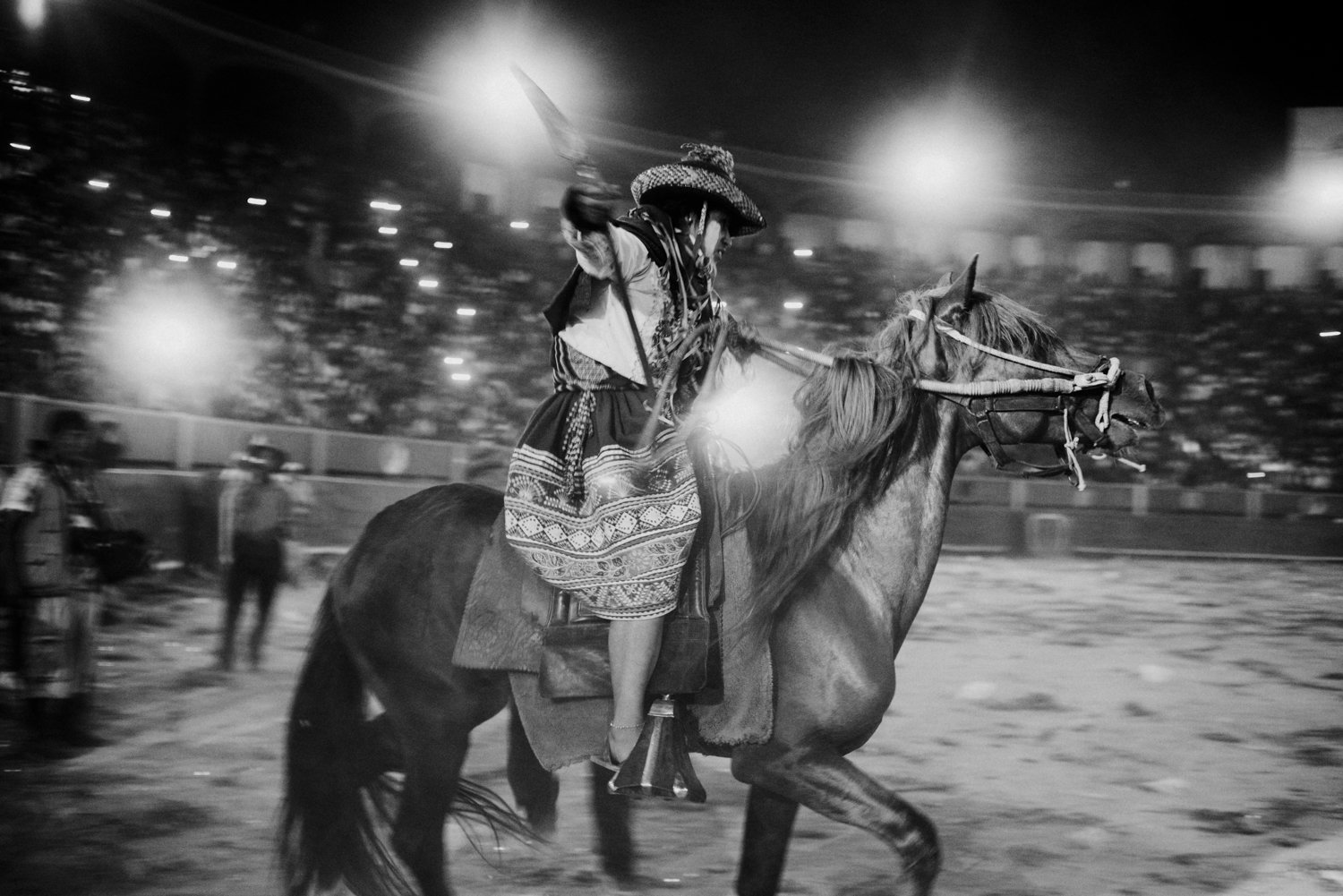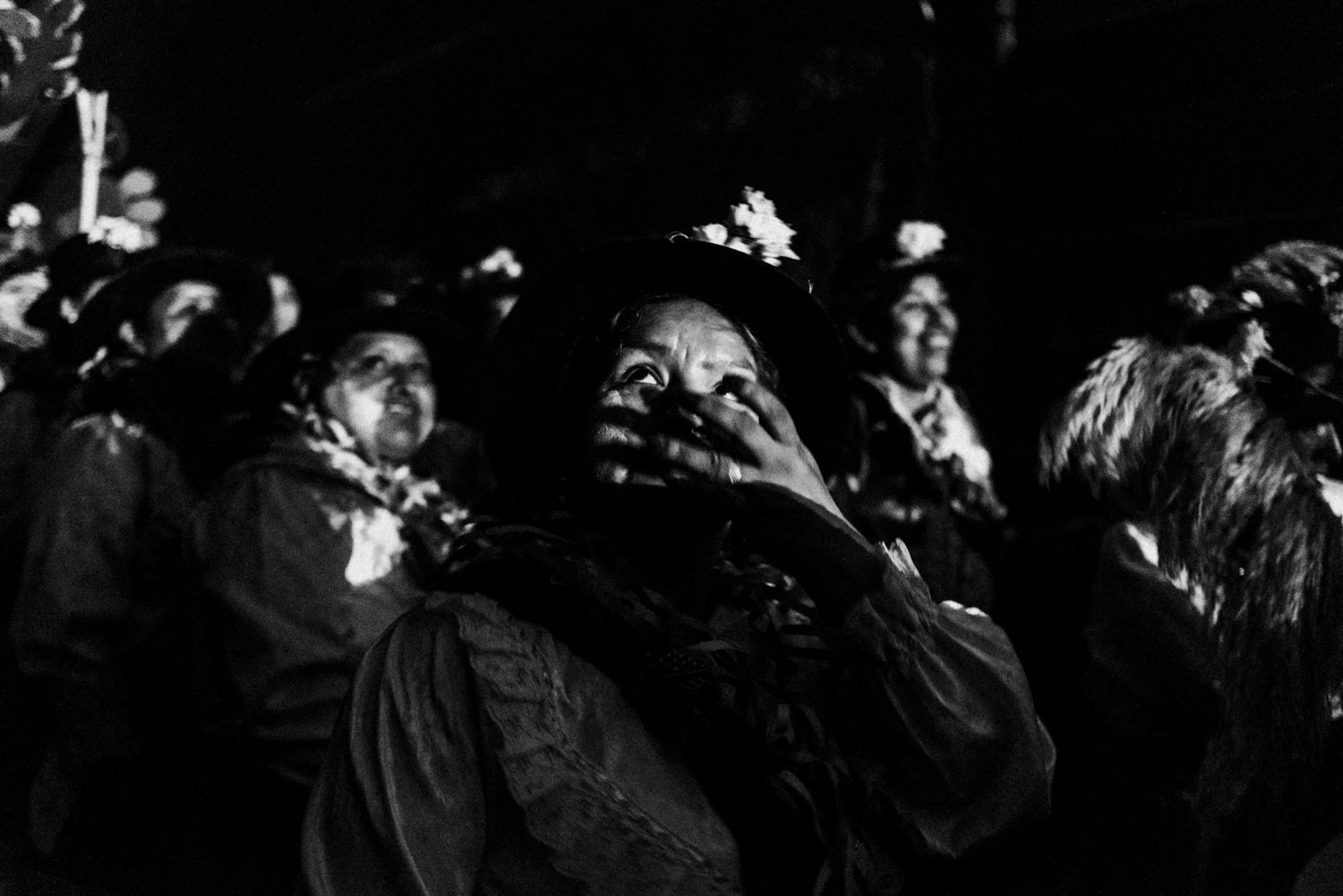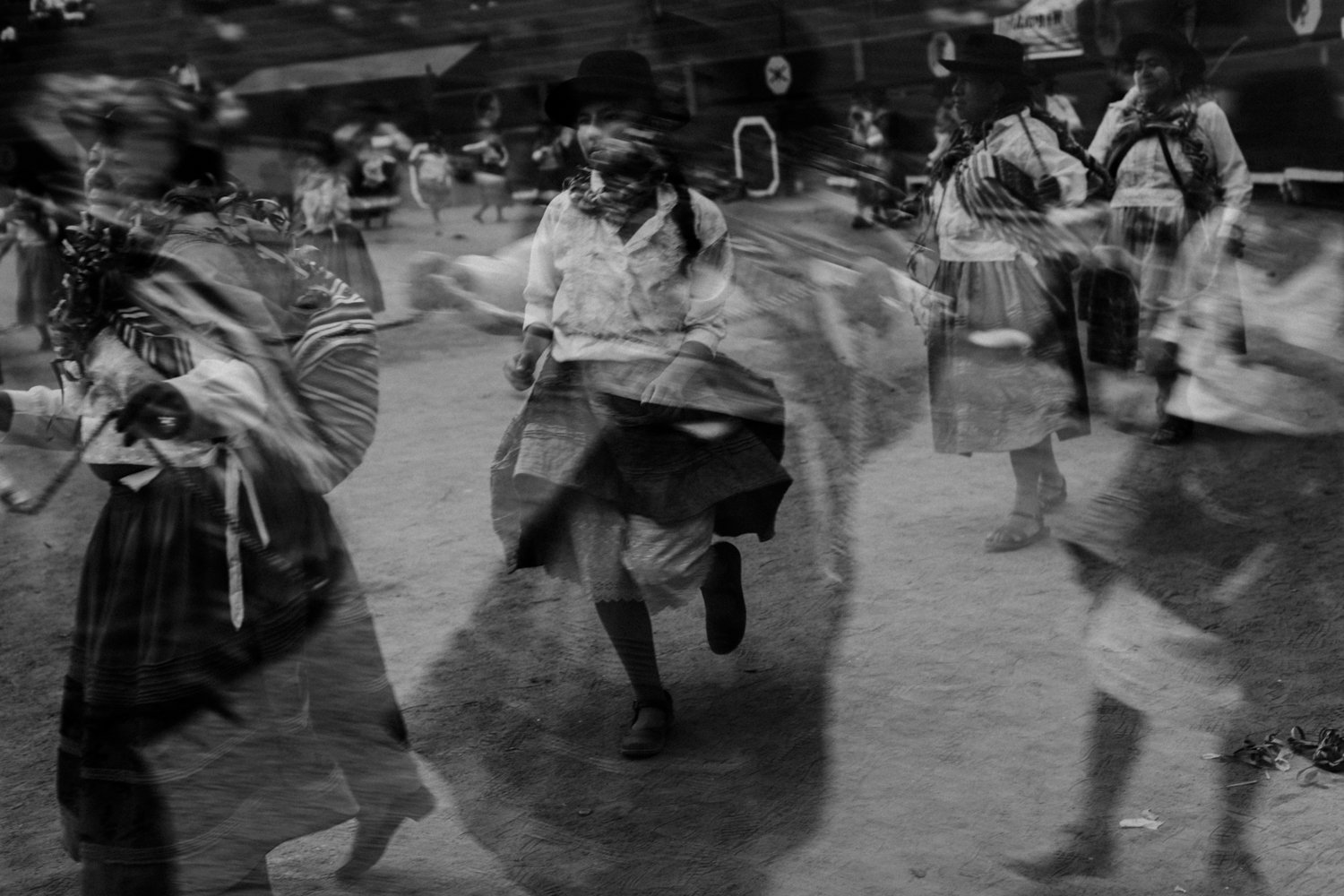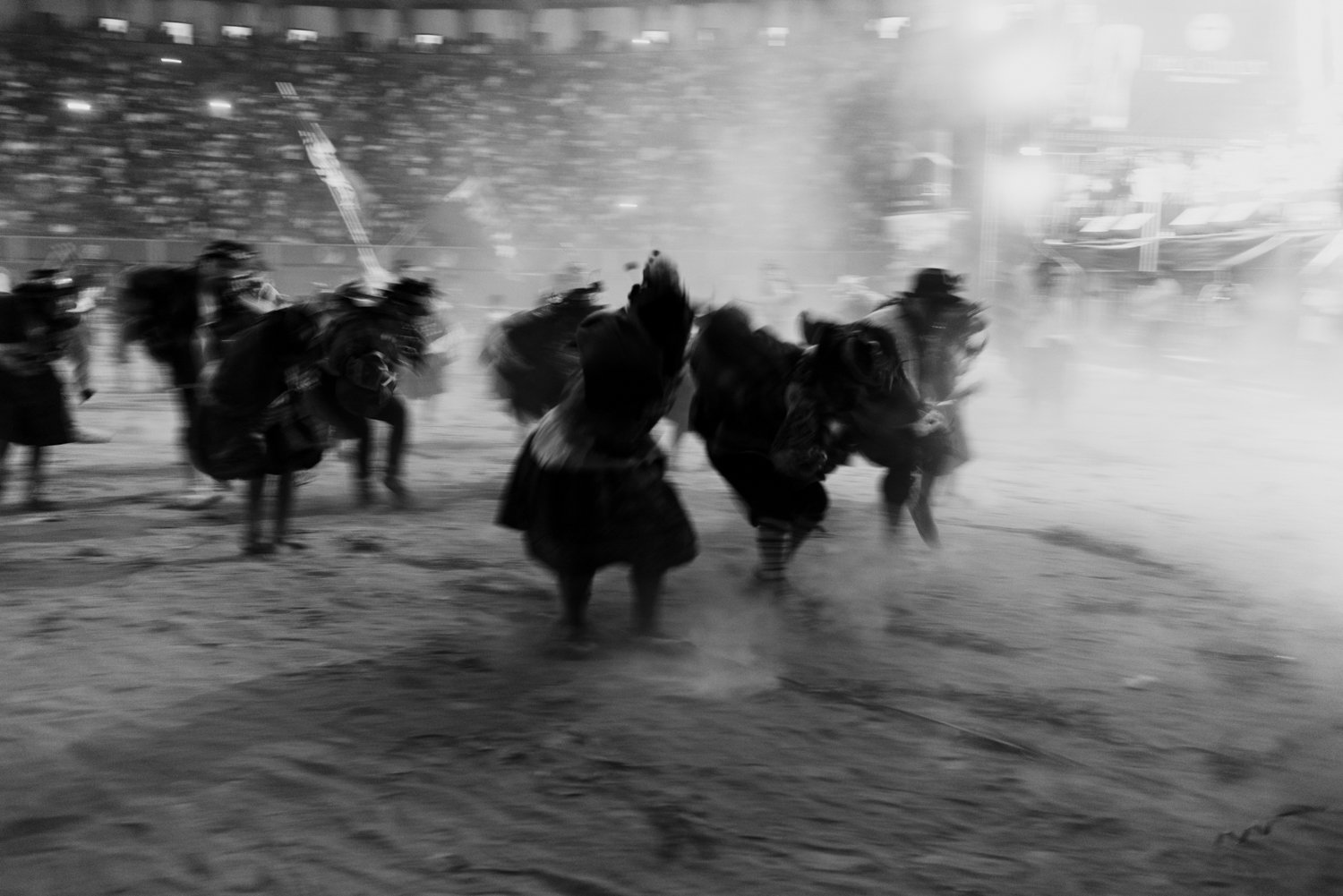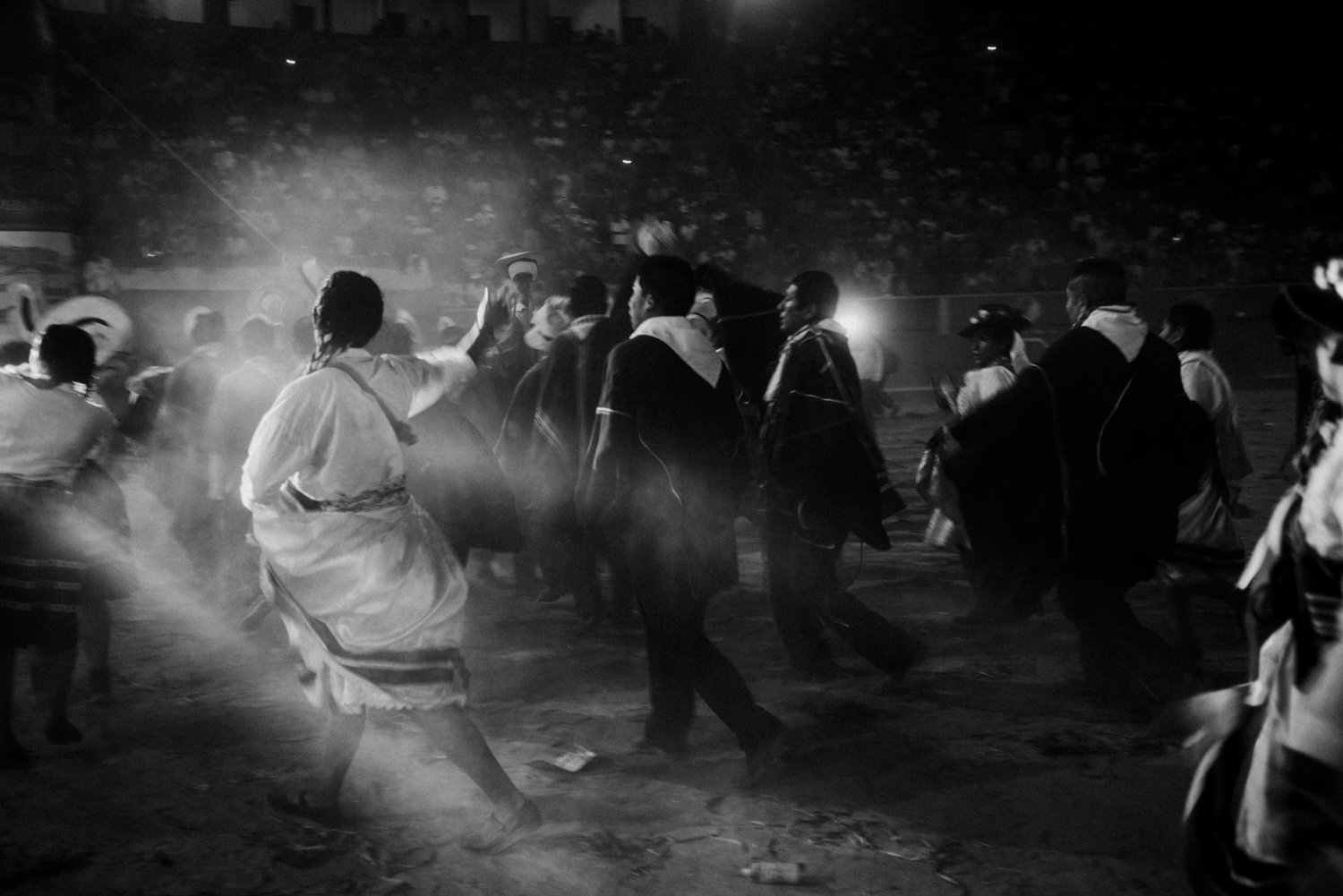Katatay
KATATAY
Todos los años, en el mes de marzo, se realiza la representación del carnaval ayacuchano en la Plaza de Toros de Acho, en Lima. Su fecha central coincide con la final de las competencias internas que cada provincia desarrolla en Lima para llegar a esta presentación. En esa jornada final compiten las provincias de Cangallo, Huamanga, Huancasancos, Huanta, La Mar, Lucanas, Parinacochas, Paucar del Sara Sara, Sucre, Víctor Fajardo y Vilcas Huamán.
Ese día, varias generaciones de familias ayacuchanas se reúnen para ser partícipes del cierre del carnaval y presenciar las presentaciones de las comparsas. Cada una de ellas tiene un número variable de integrantes: hay comparsas pequeñas, de unas cincuenta personas, y otras más grandes y populares, que superan las quinientas. Todas están formadas por mujeres y varones de diferentes edades; en muchos casos, familias enteras integran una agrupación.
Katatay significa "temblar" en quechua. Este trabajo intenta abordar la continuidad de las tradiciones y sus constantes transformaciones en el tiempo, así como las representaciones de hechos significativos ocurridos en cada comunidad, expresados a través del carnaval. Durante las propuestas coreográficas de cada comparsa se escenifican diversos hitos históricos, como el enfrentamiento entre los incas y los chankas, el conflicto armado interno y coyunturas políticas actuales, entre otros temas relevantes. De esta manera, el carnaval nos entrega una memoria viva y latente de la contemporaneidad.
En el carnaval, diferentes generaciones se hermanan al bailar en una catarsis conjunta; el castellano y el quechua resuenan en las letras de las canciones, llevándonos a paisajes lejanos y situándonos en una gran ciudad que tiembla con la fortaleza de sus pasos y voces.
Every year in March, the Ayacucho Carnival is performed at the Plaza de Toros de Acho in Lima. Its central date coincides with the final round of internal competitions that each province carries out in Lima to qualify for this presentation. On this final day, the provinces of Cangallo, Huamanga, Huancasancos, Huanta, La Mar, Lucanas, Parinacochas, Paucar del Sara Sara, Sucre, Víctor Fajardo, and Vilcas Huamán compete.
On that day, several generations of Ayacuchan families gather to take part in the closing of the carnival and witness the comparsa performances. Each comparsa has a variable number of members: some are small, with around fifty people, while others are larger and more popular, with more than five hundred participants. All are made up of women and men of different ages; in many cases, entire families belong to a single group.
Katatay means "to tremble" in Quechua. This work seeks to explore the continuity of traditions and their constant transformations over time, as well as the representation of meaningful events in each community, expressed through the carnival. Each comparsa’s choreographic performance stages a variety of historical milestones—such as the battles between the Incas and the Chankas, the internal armed conflict, and current political situations, among other relevant topics. In this way, the carnival offers us a living and latent memory of contemporaneity.

